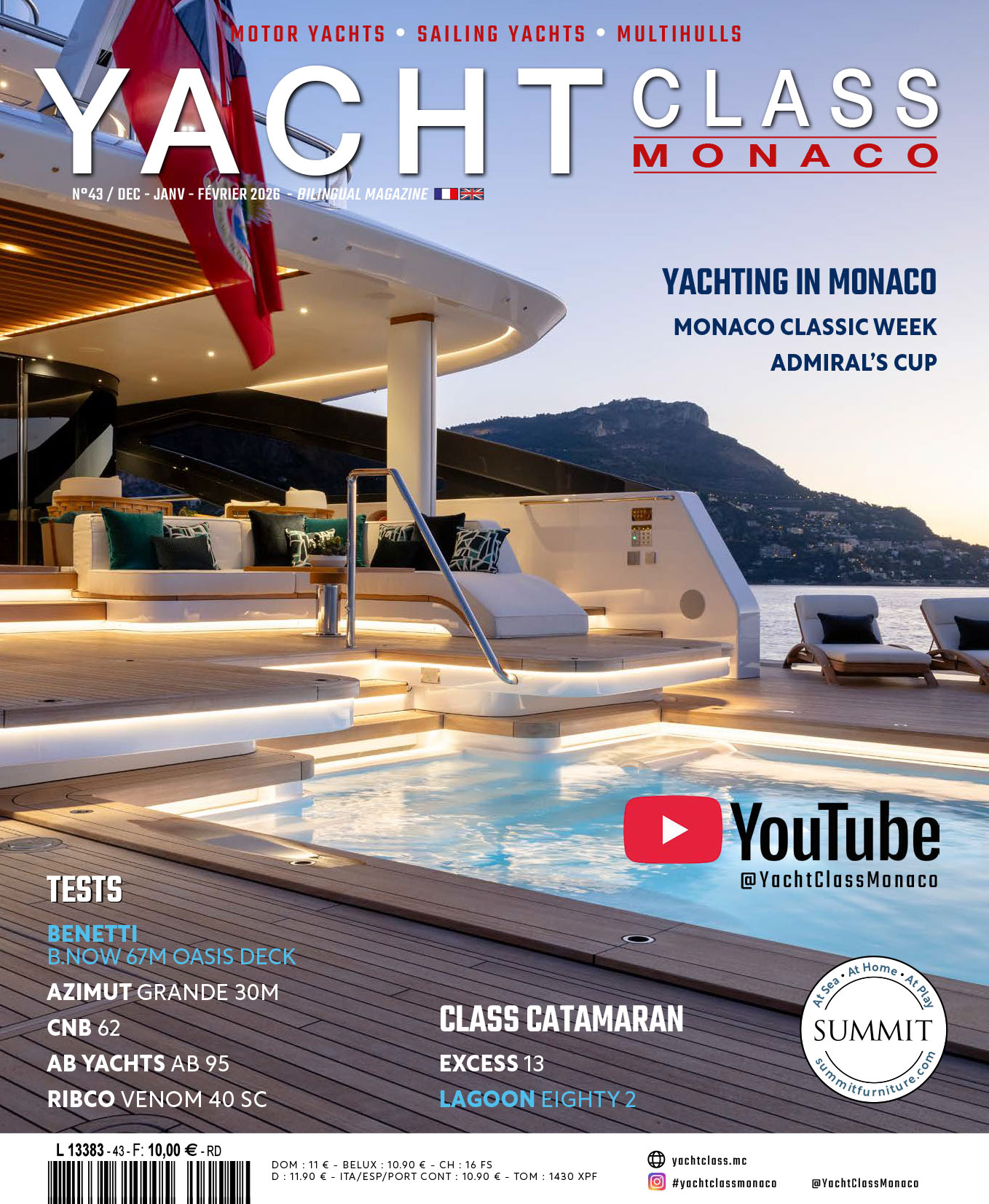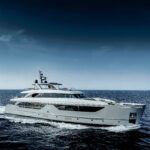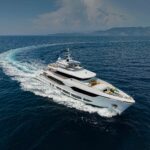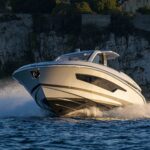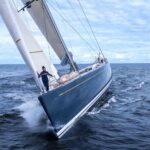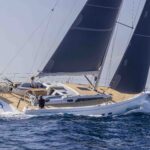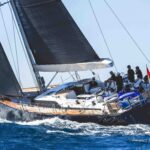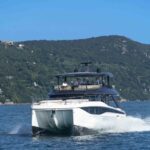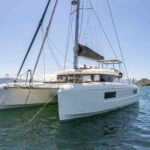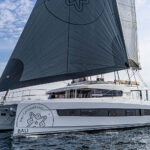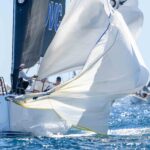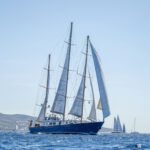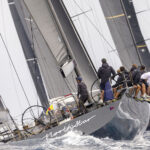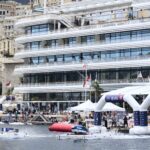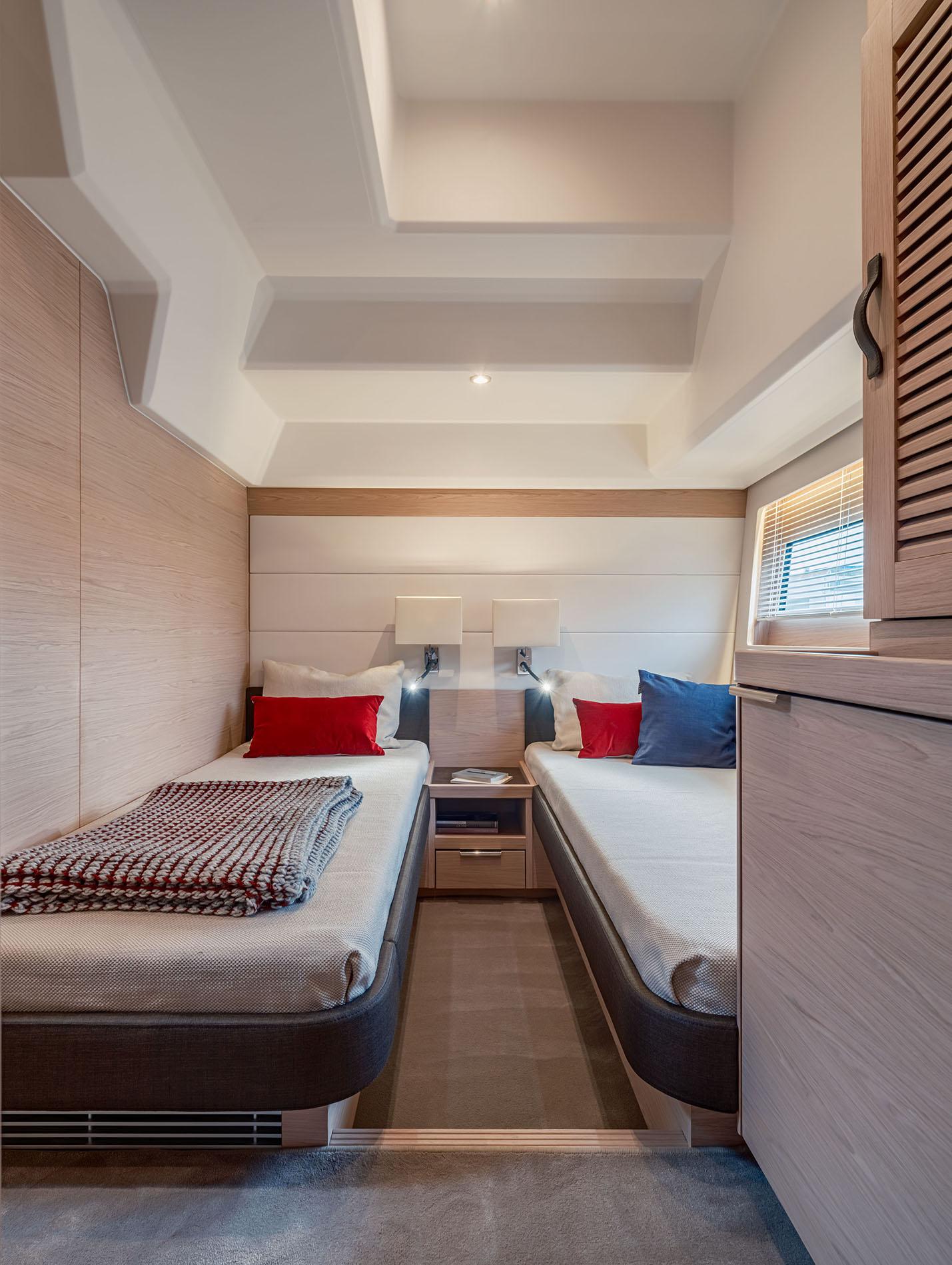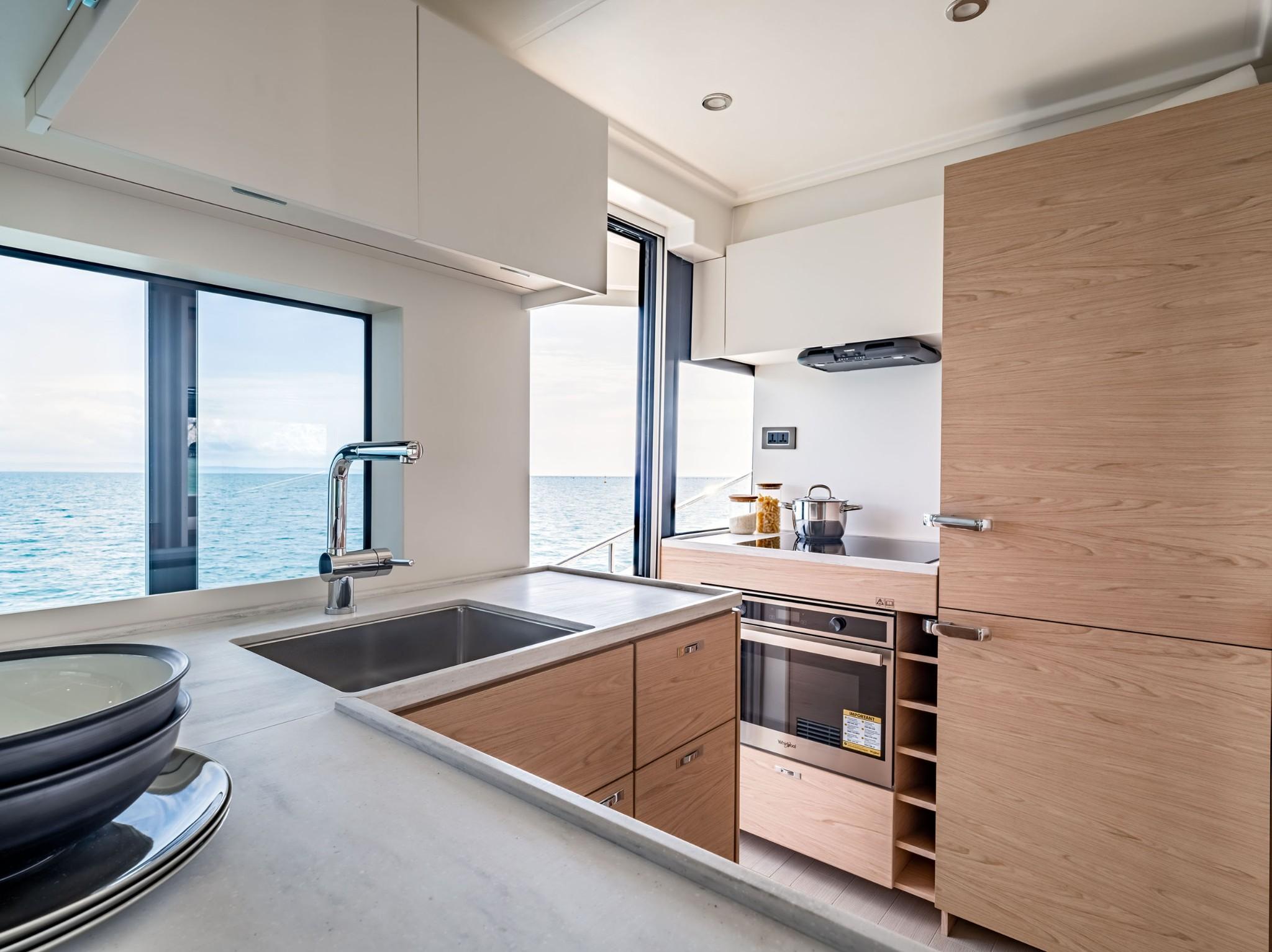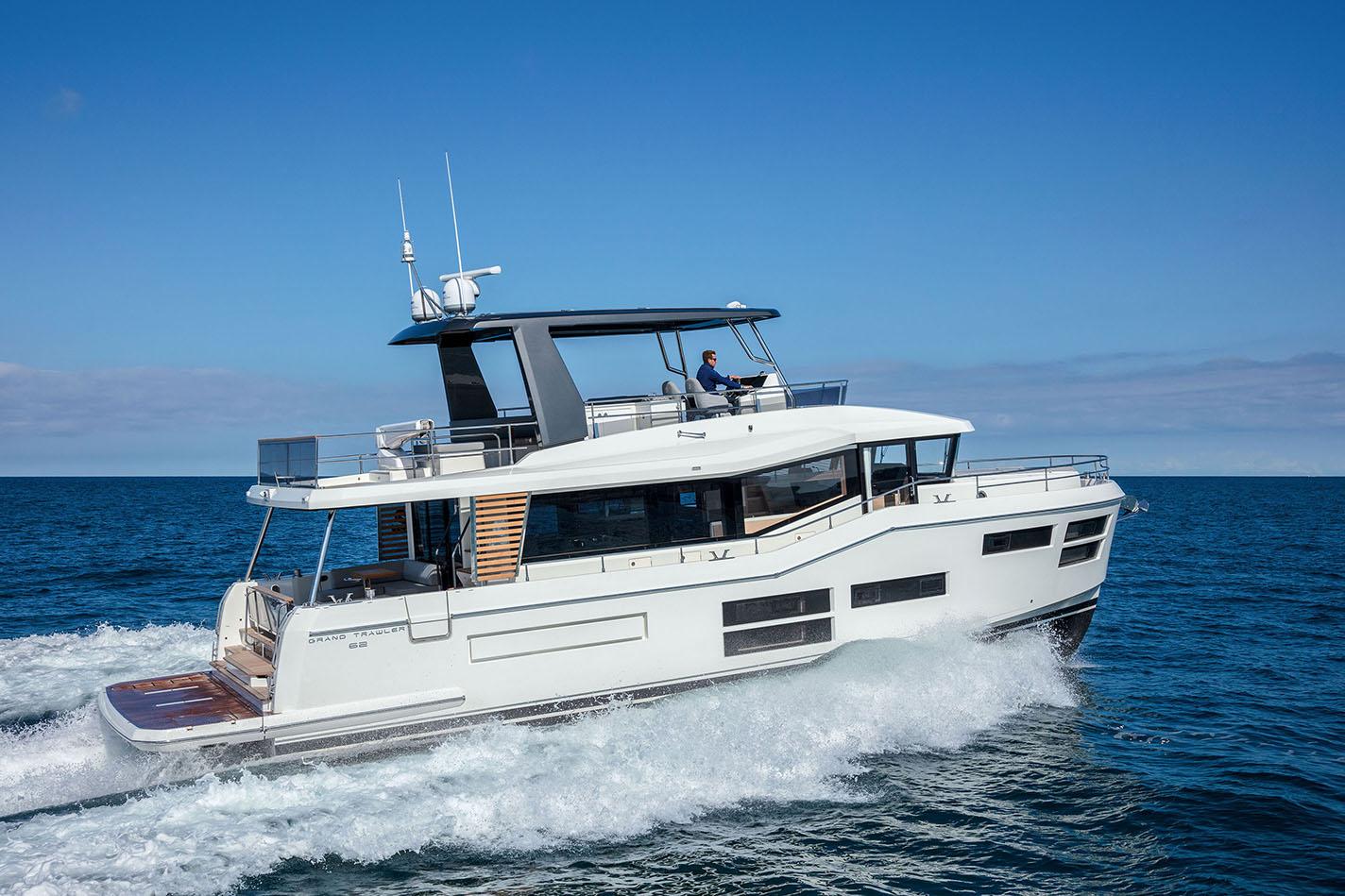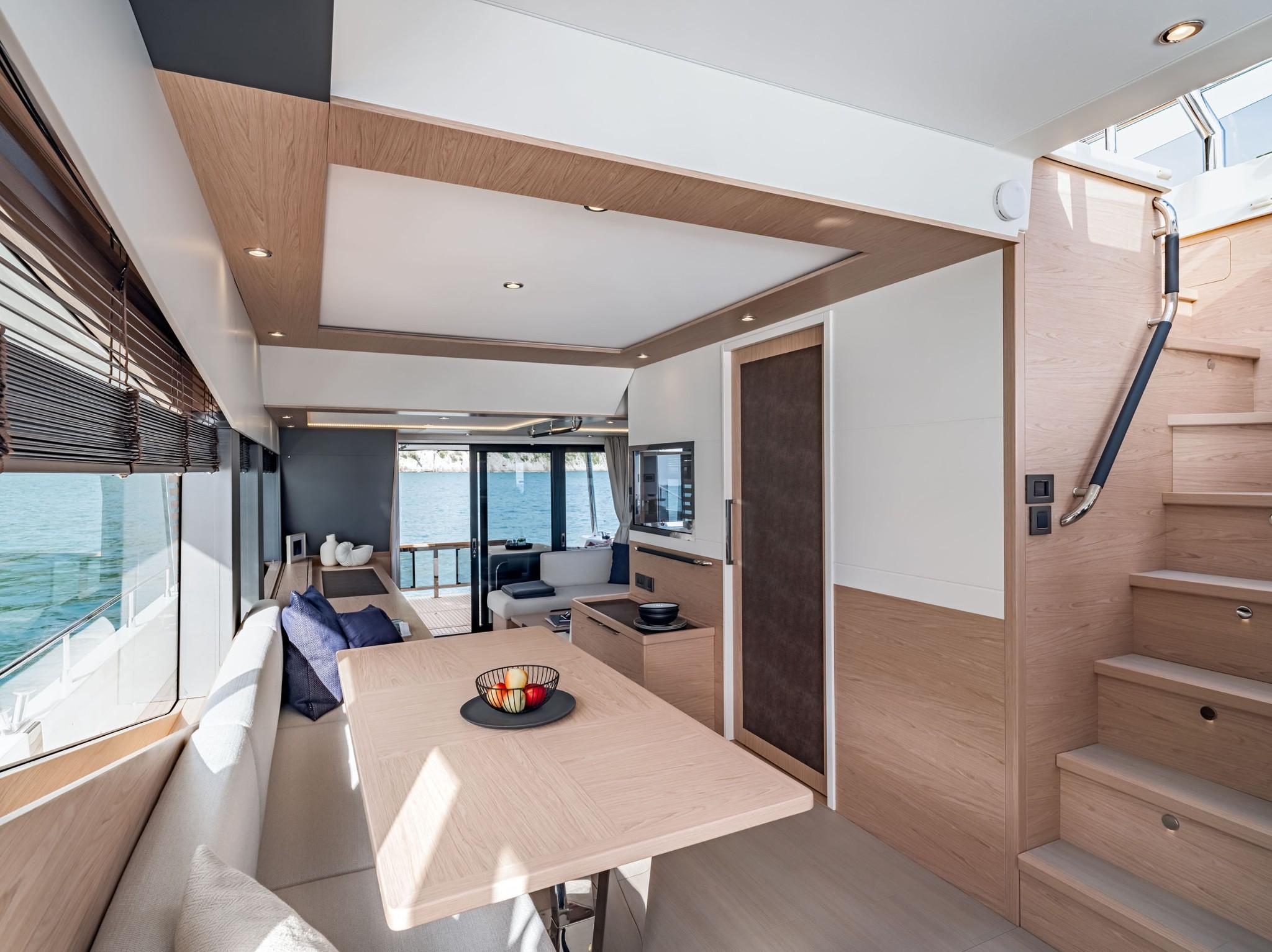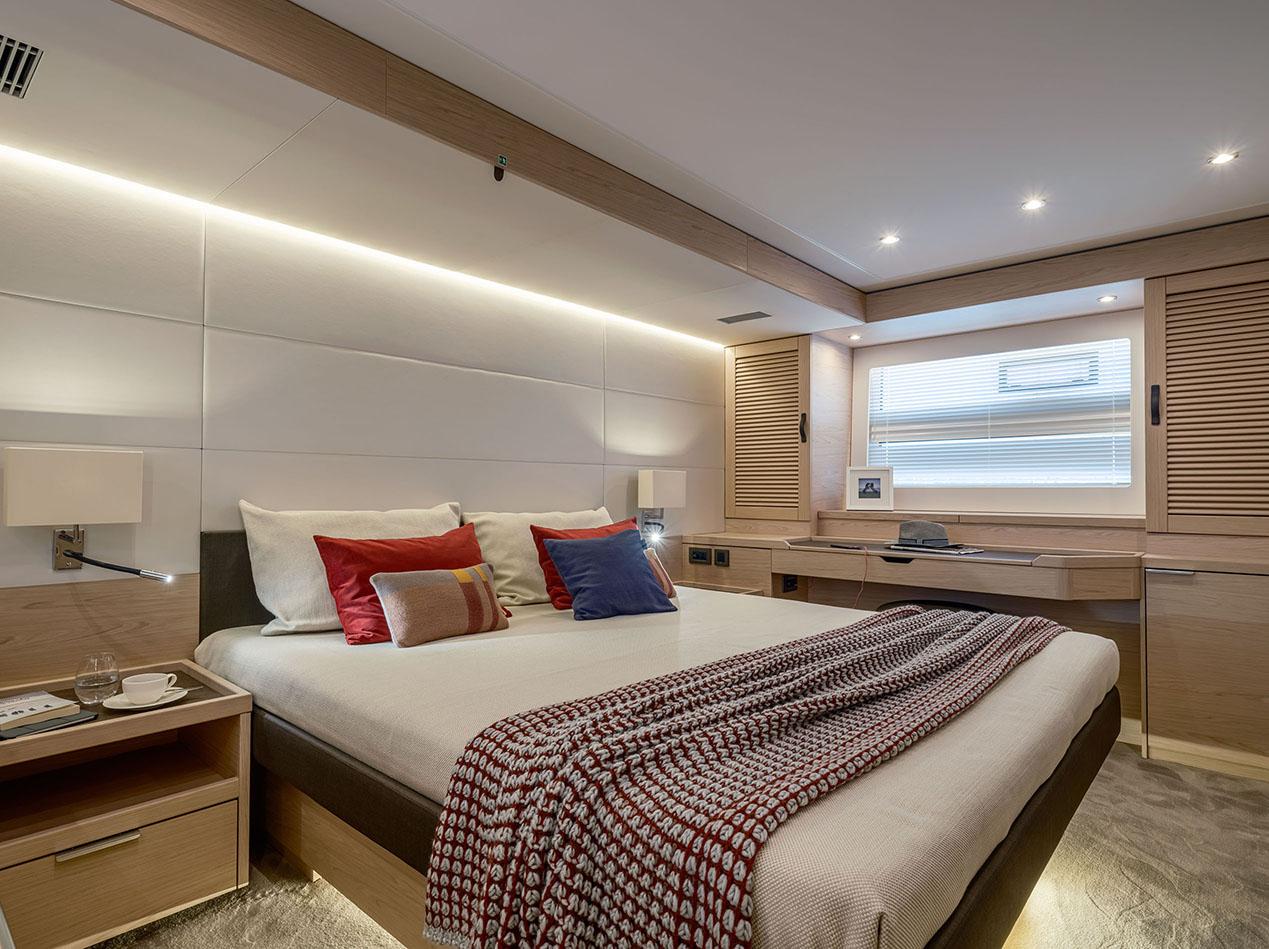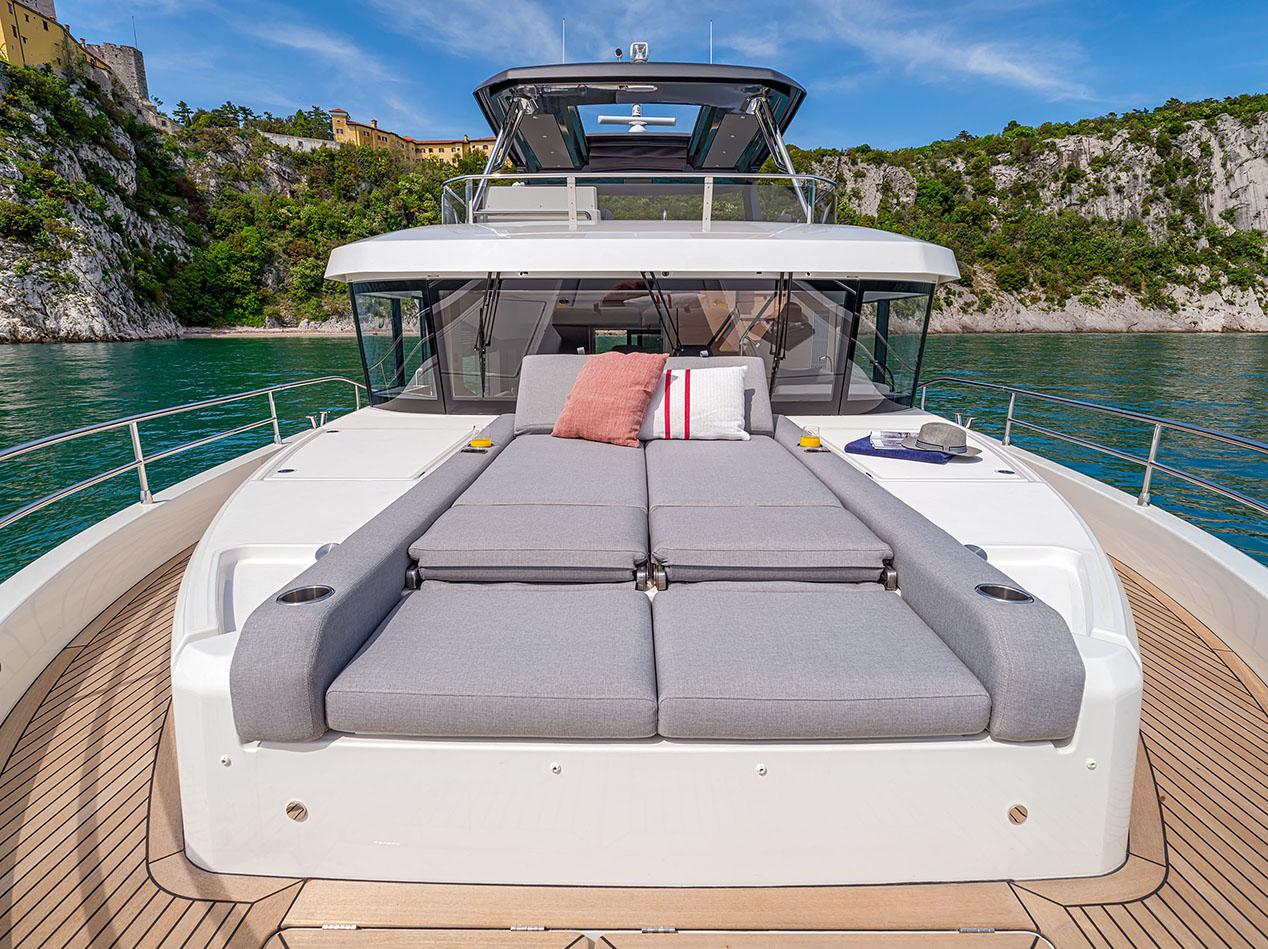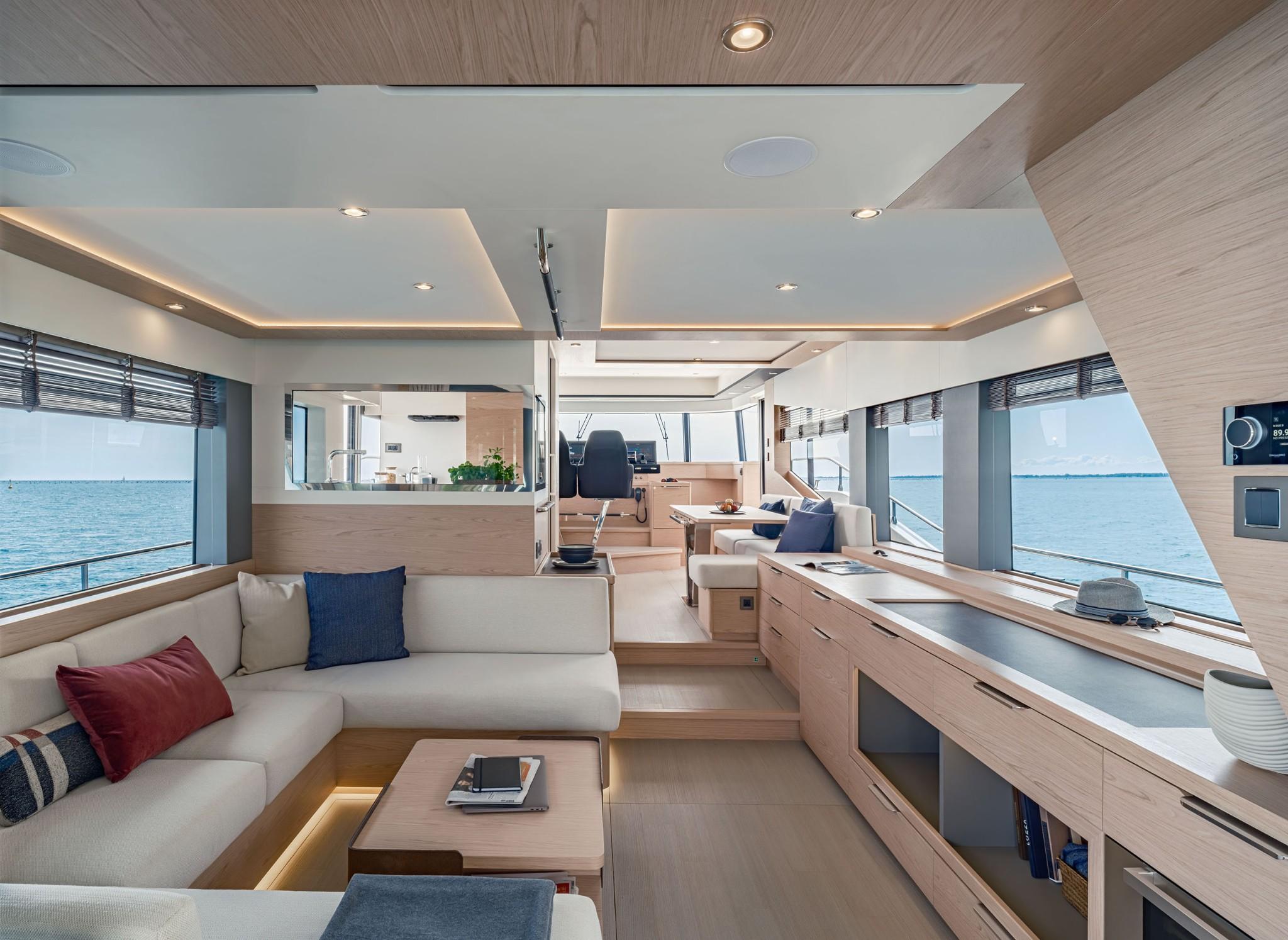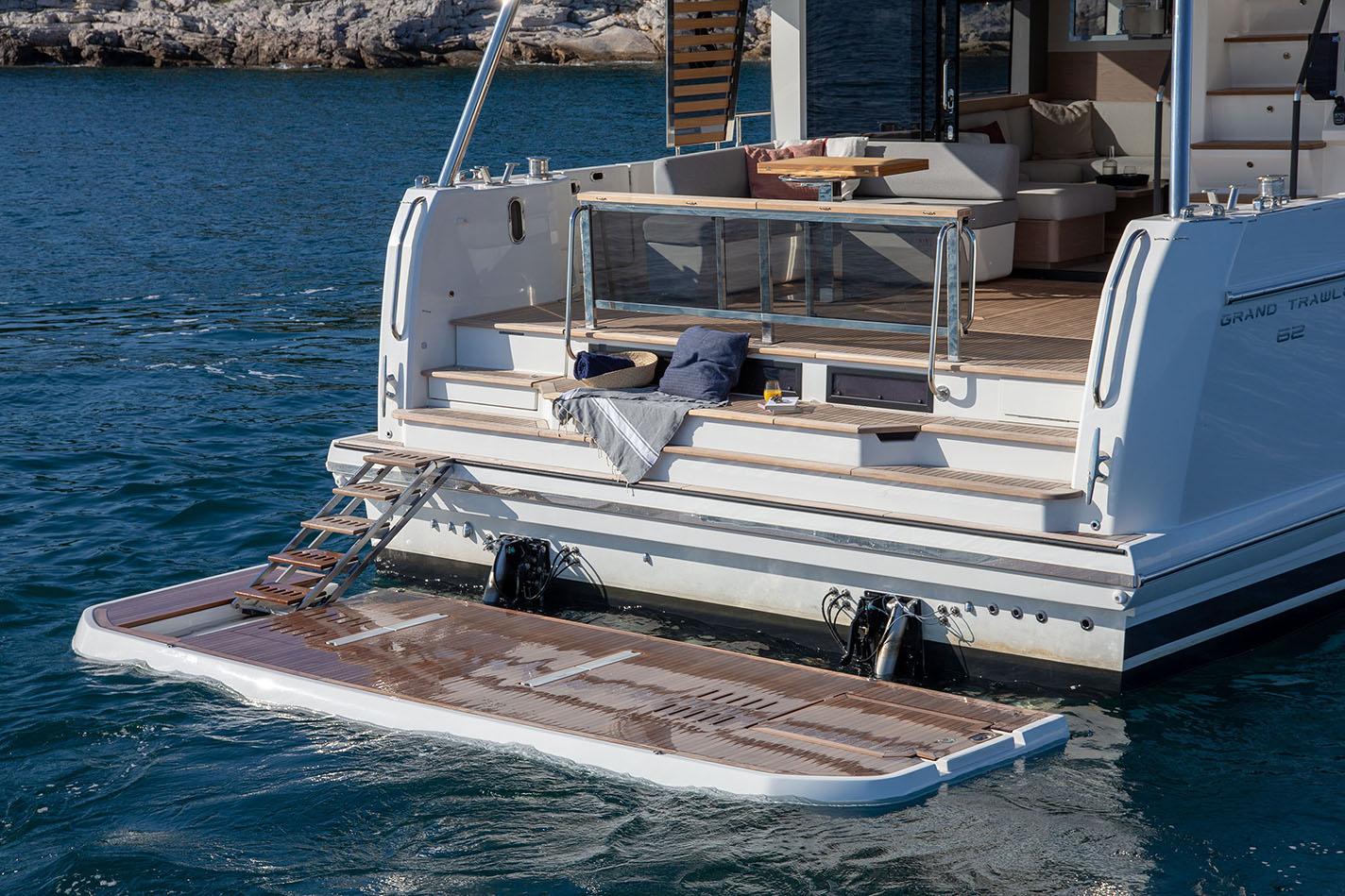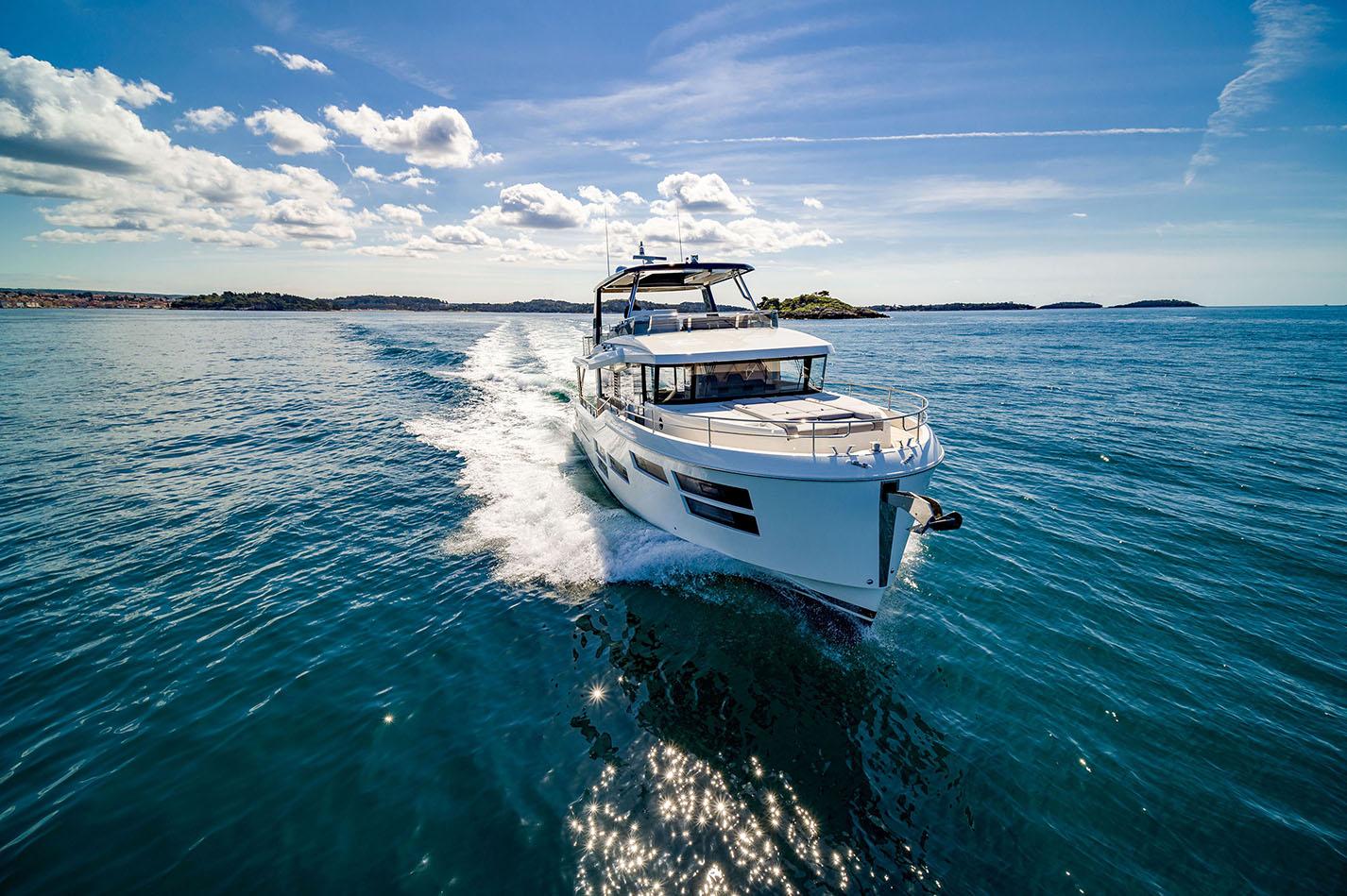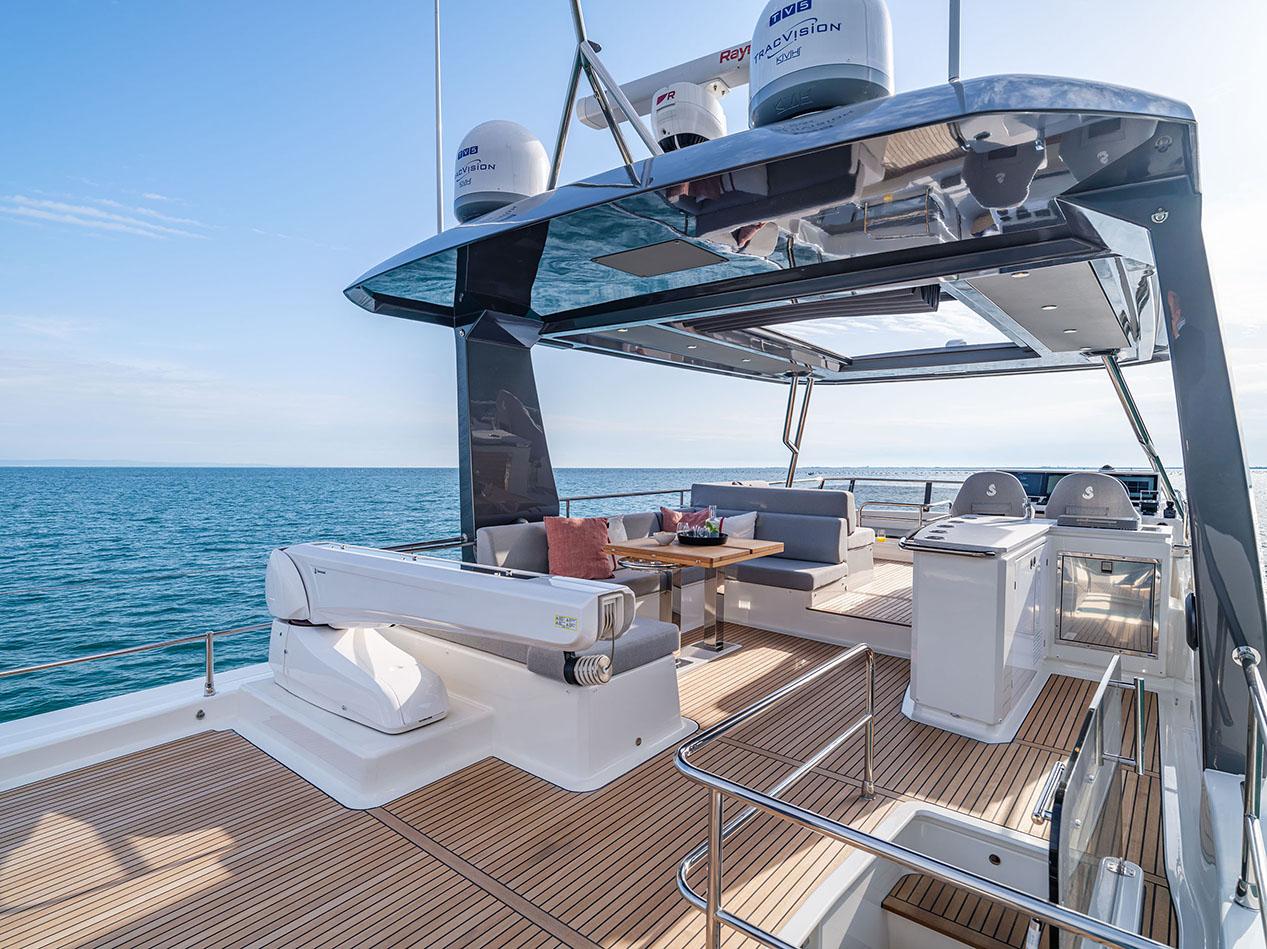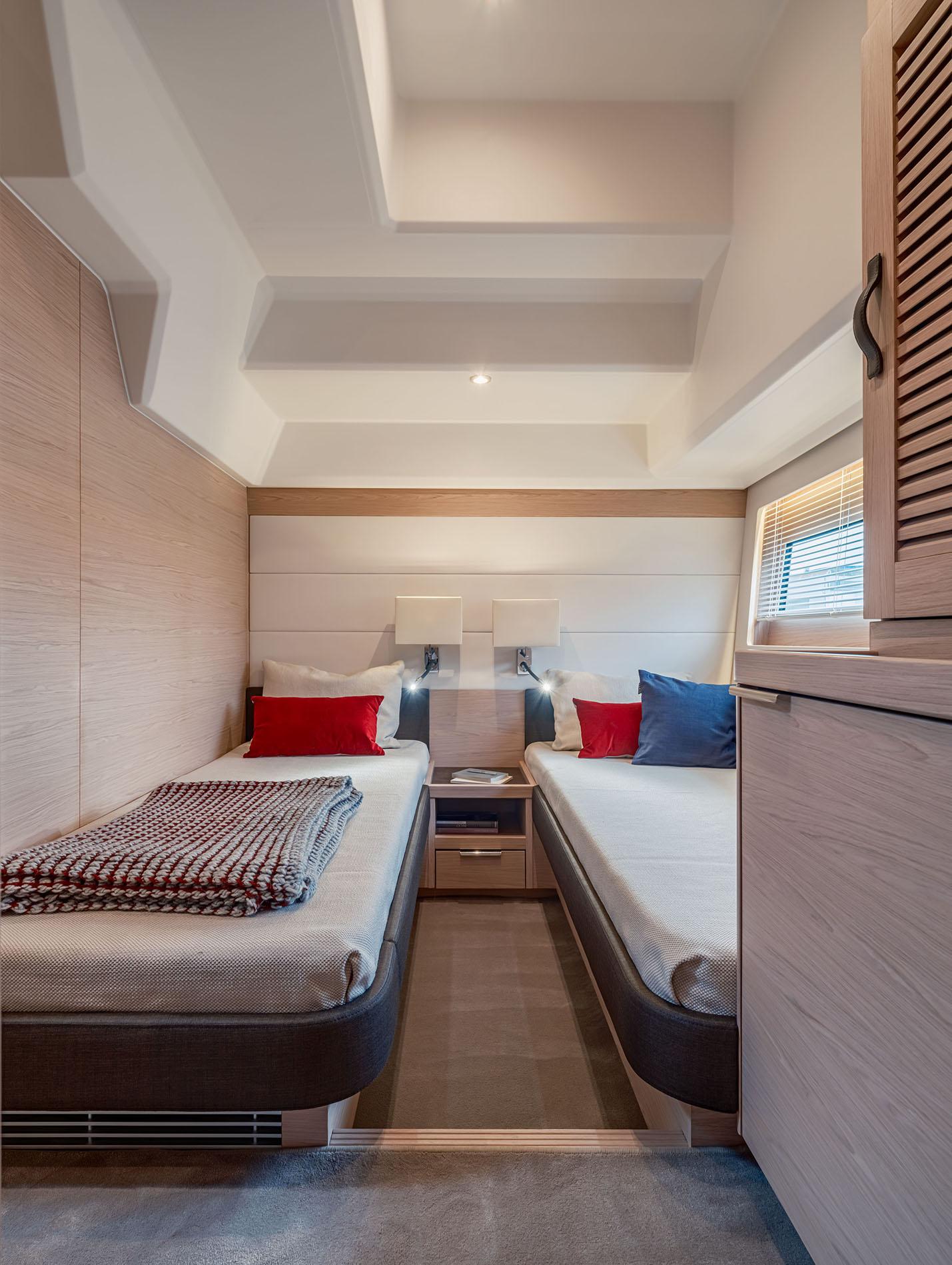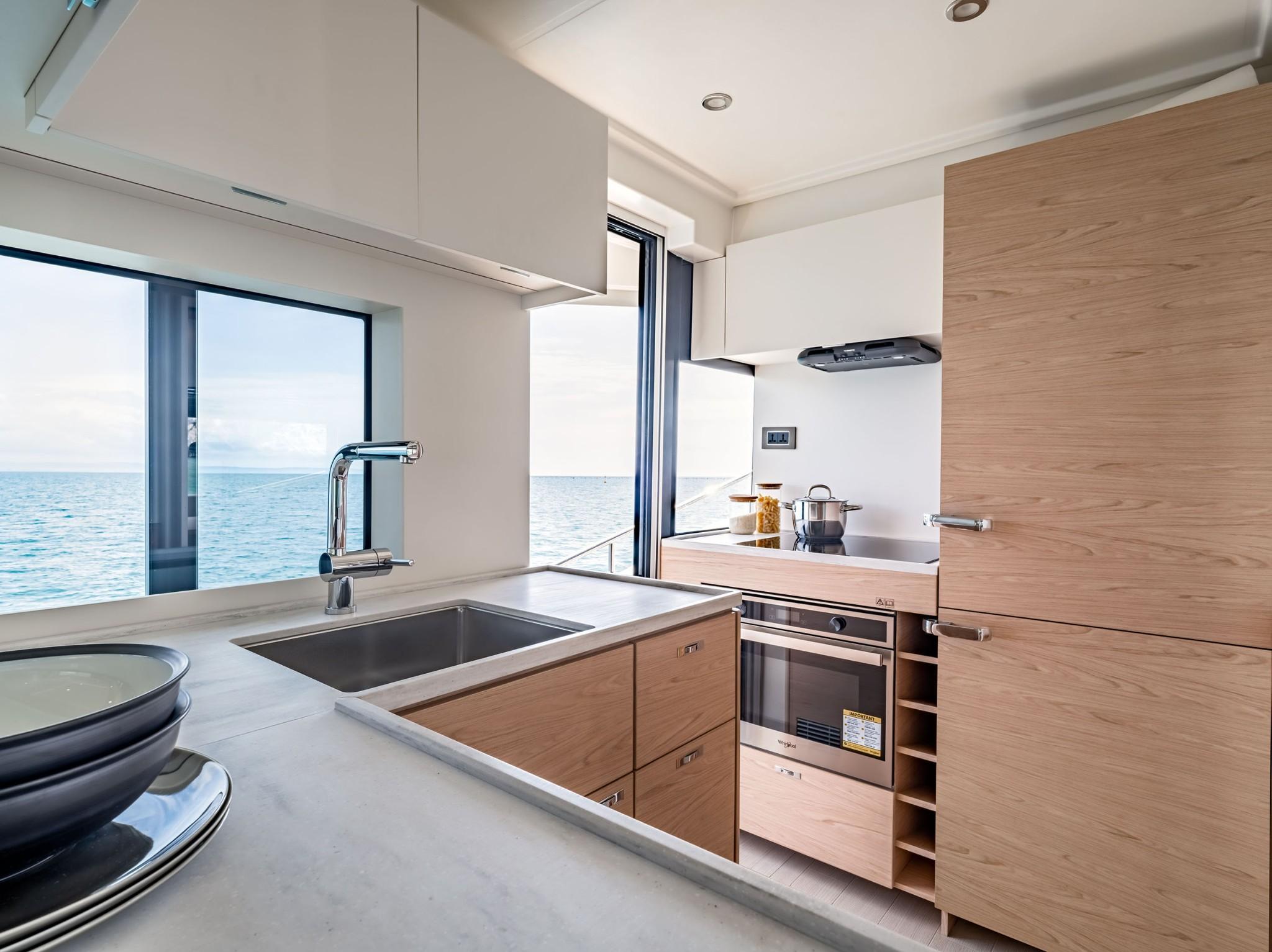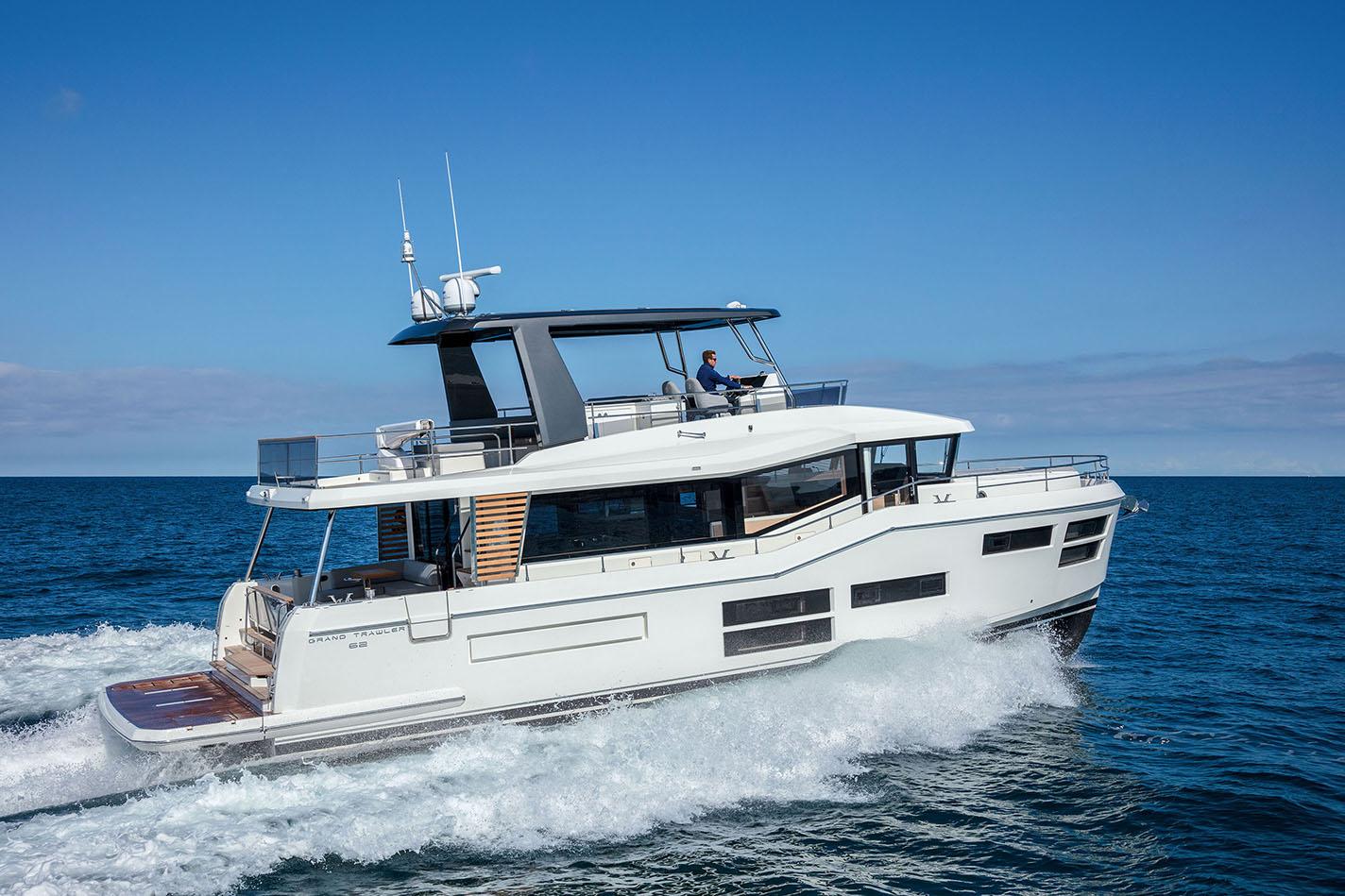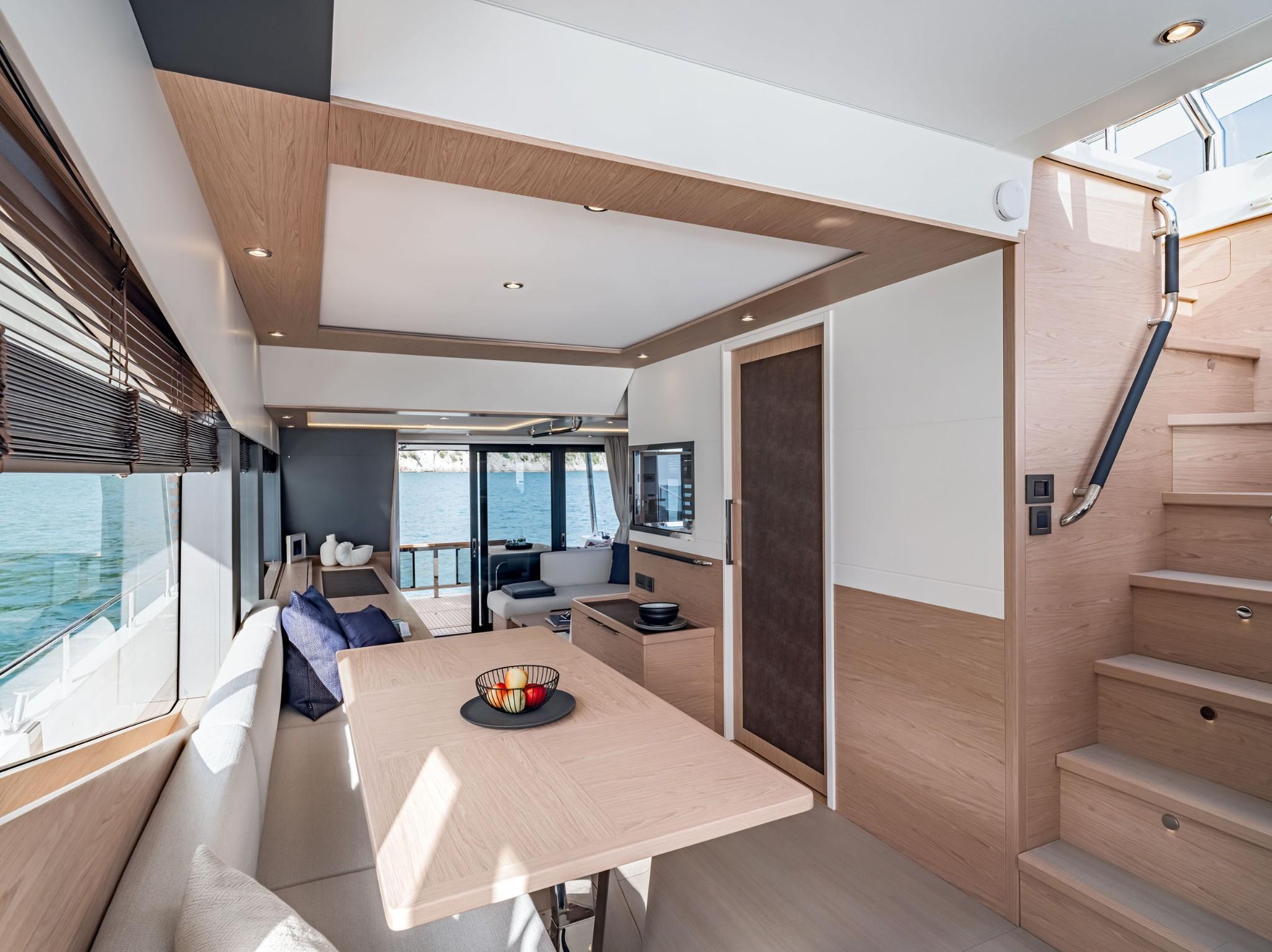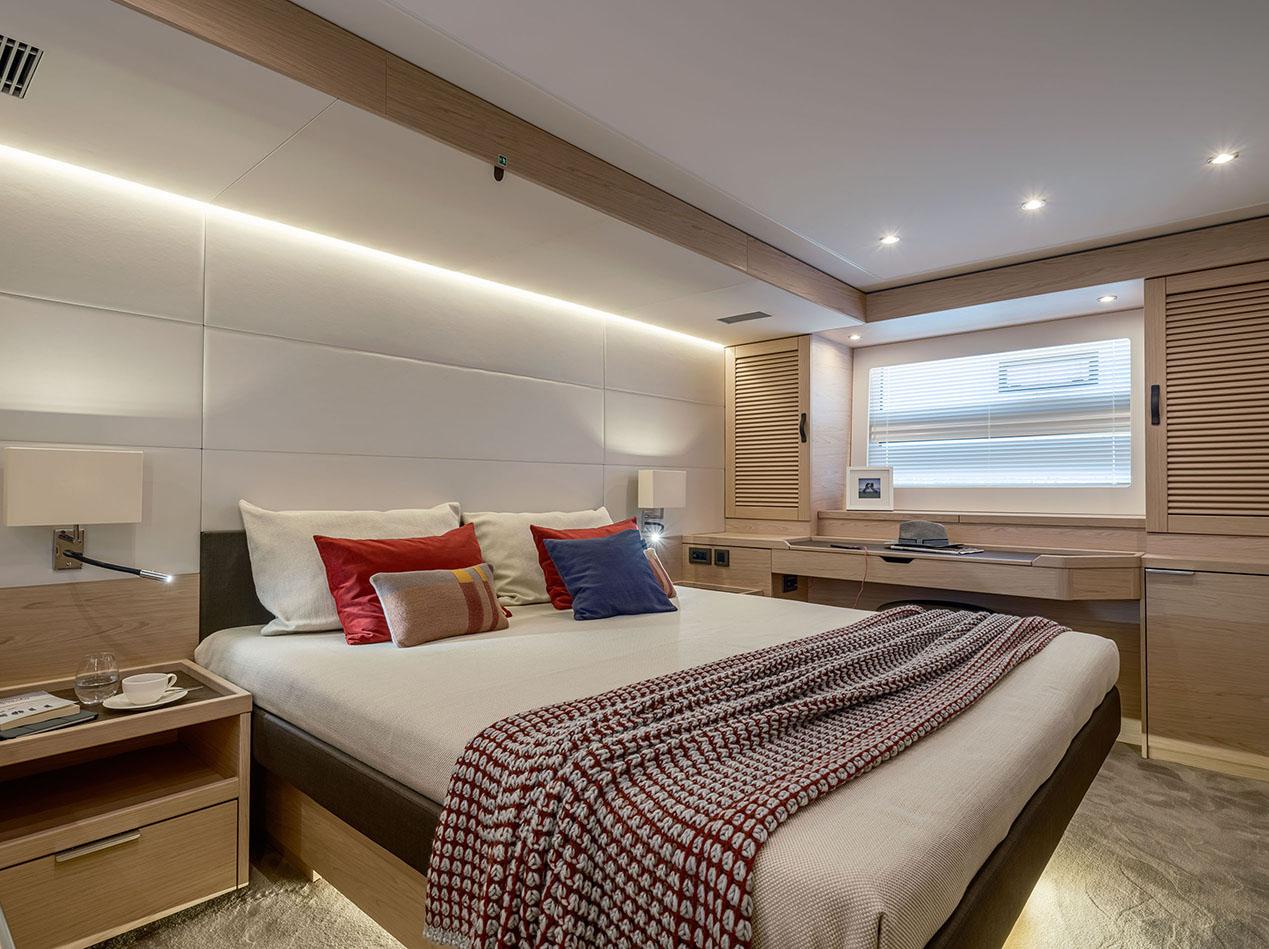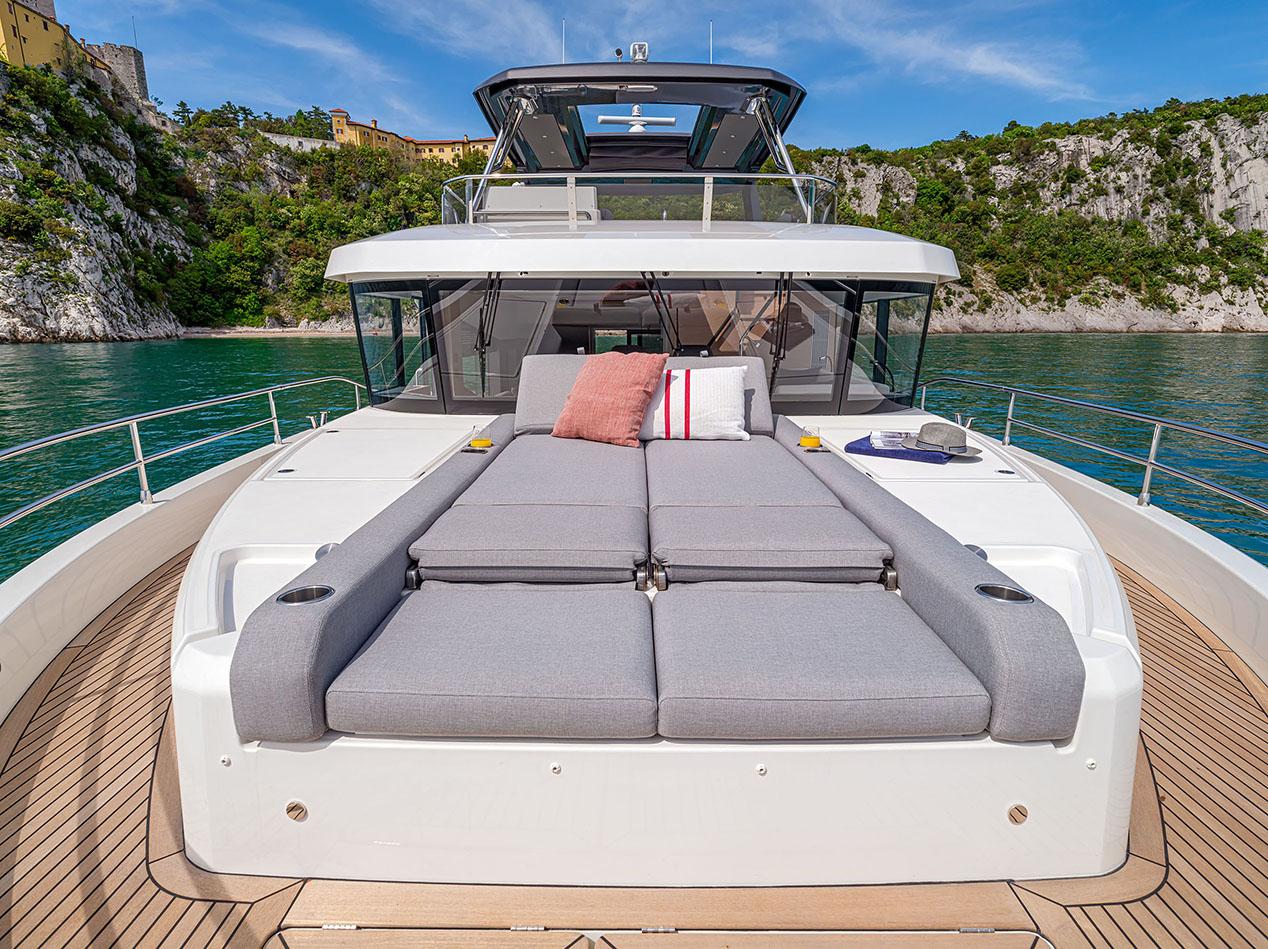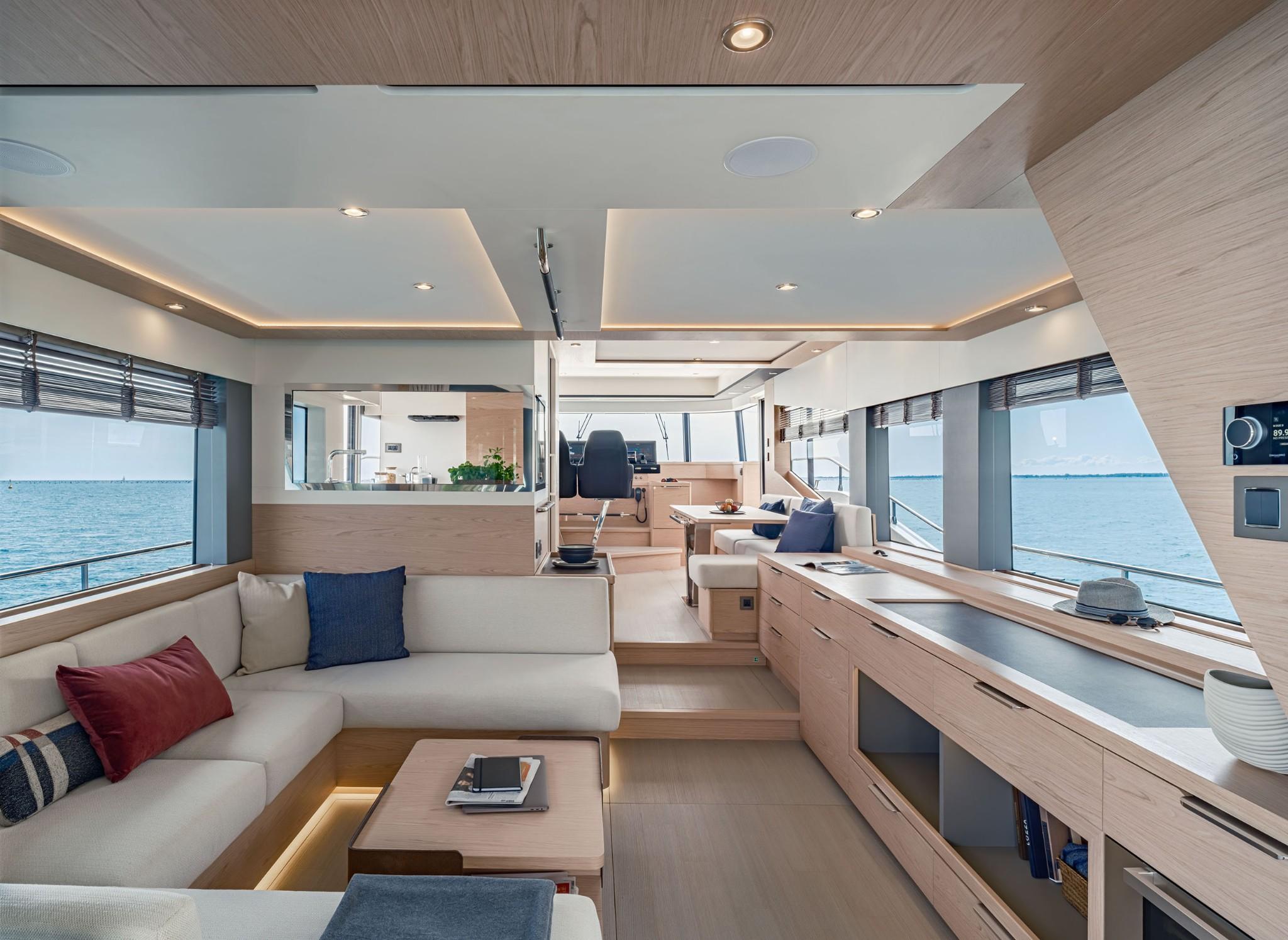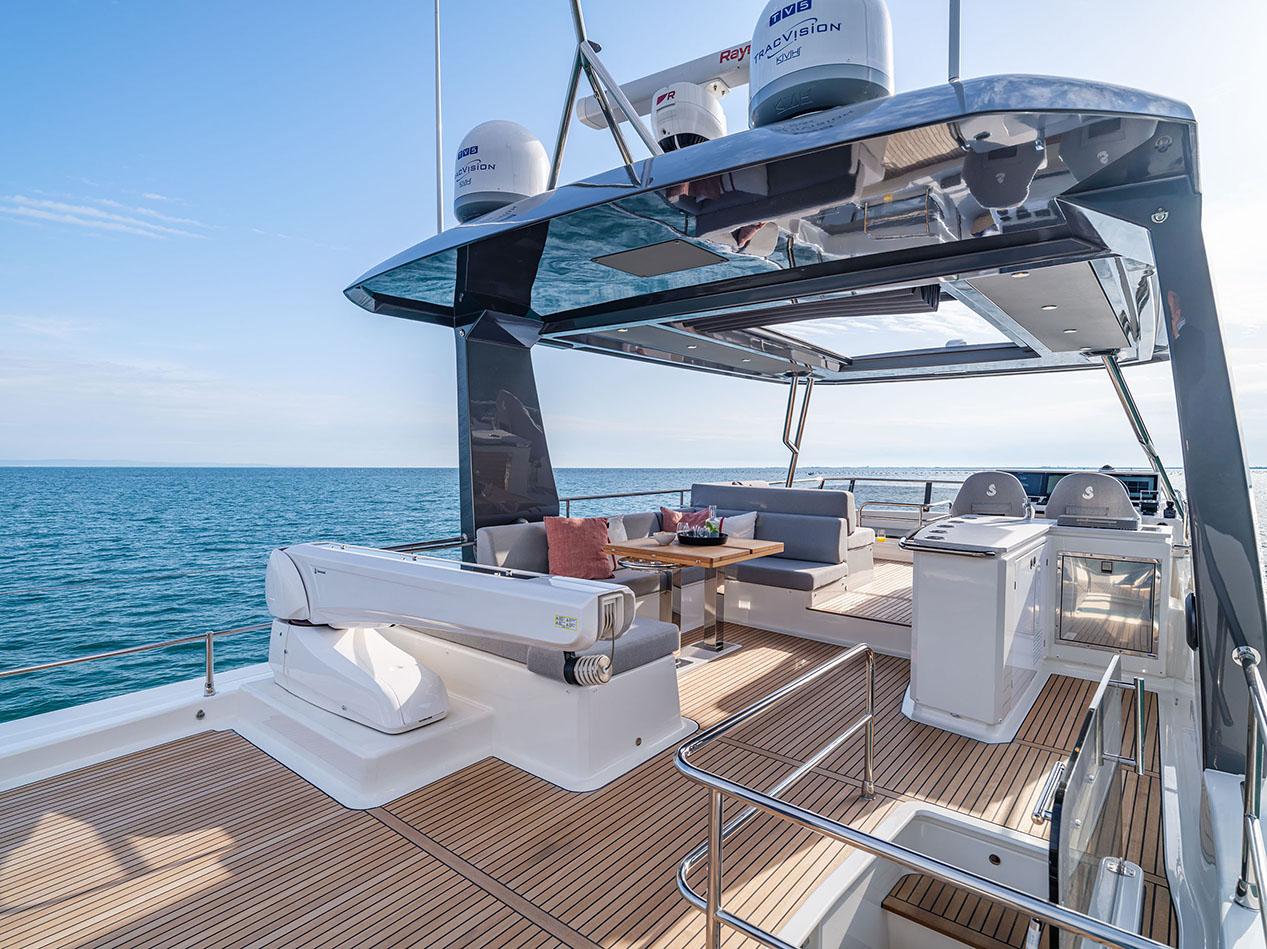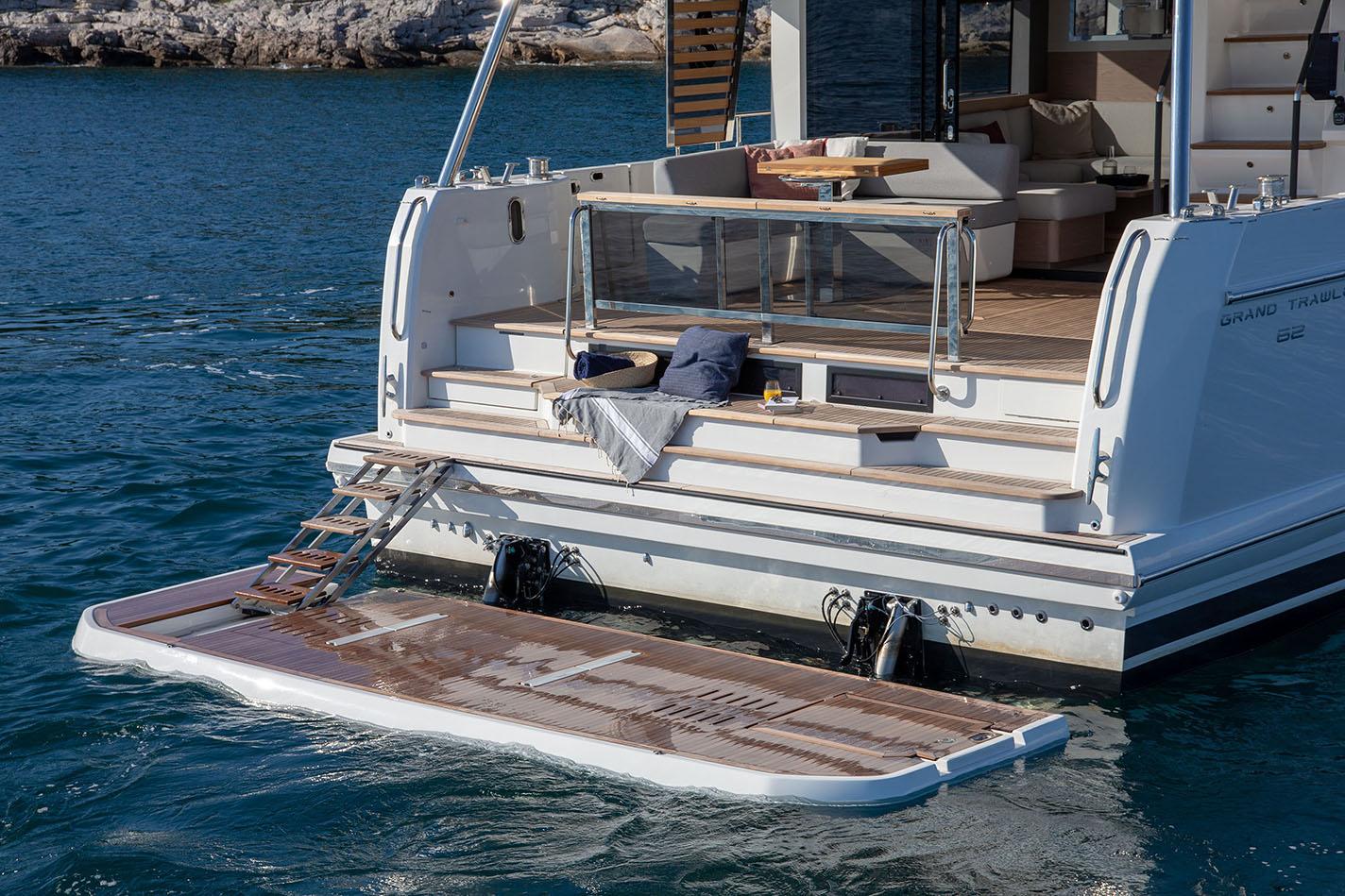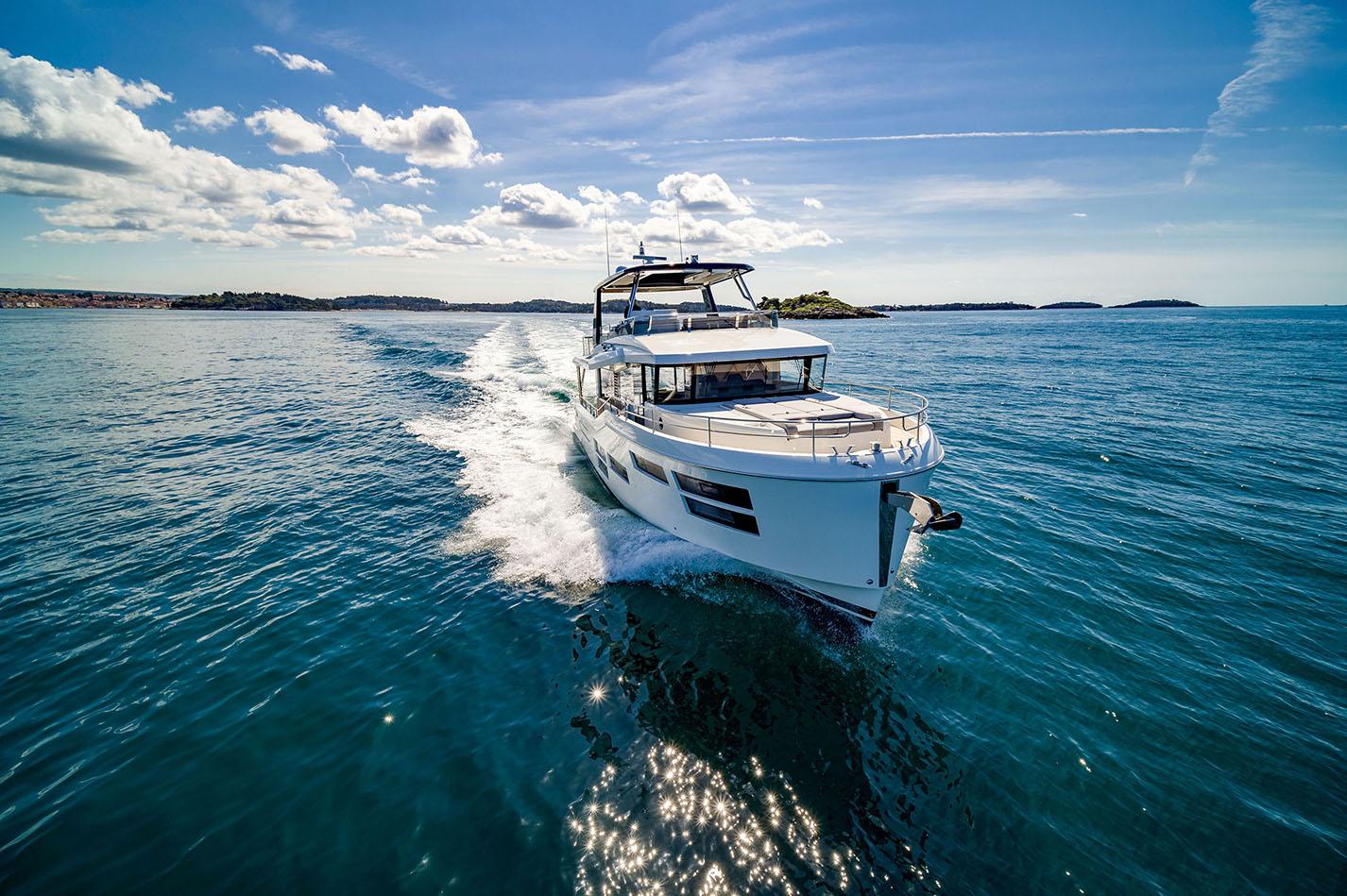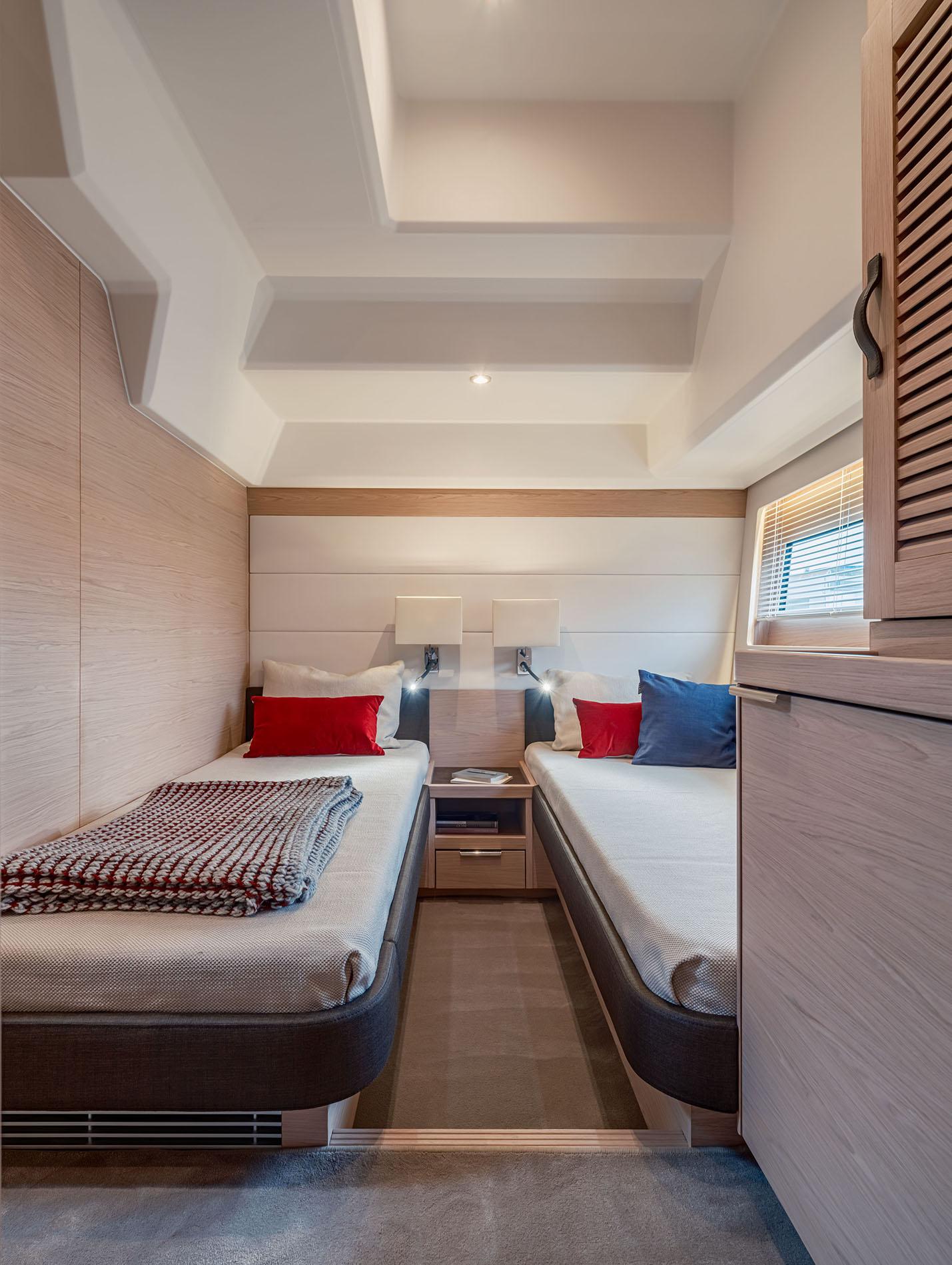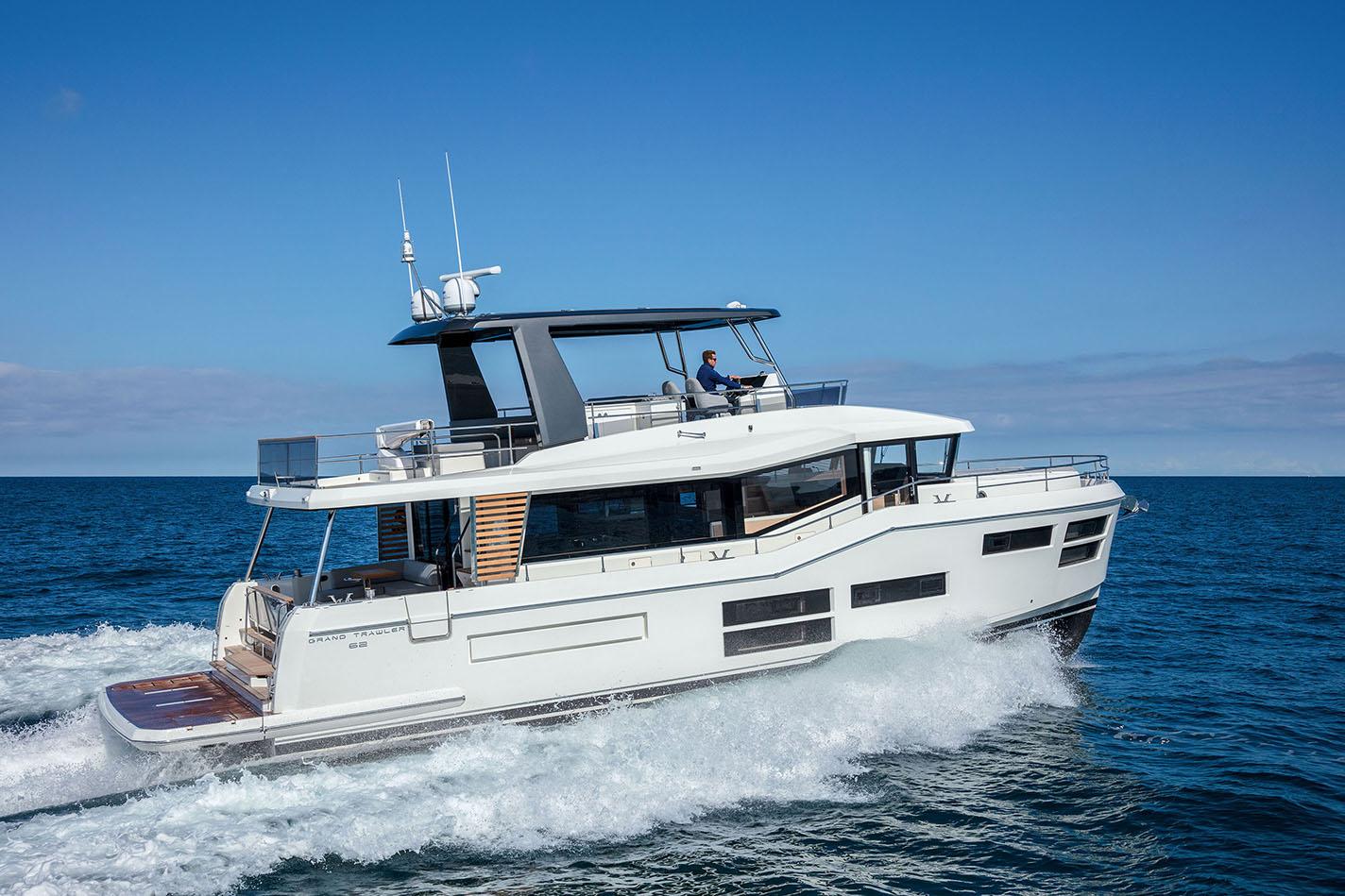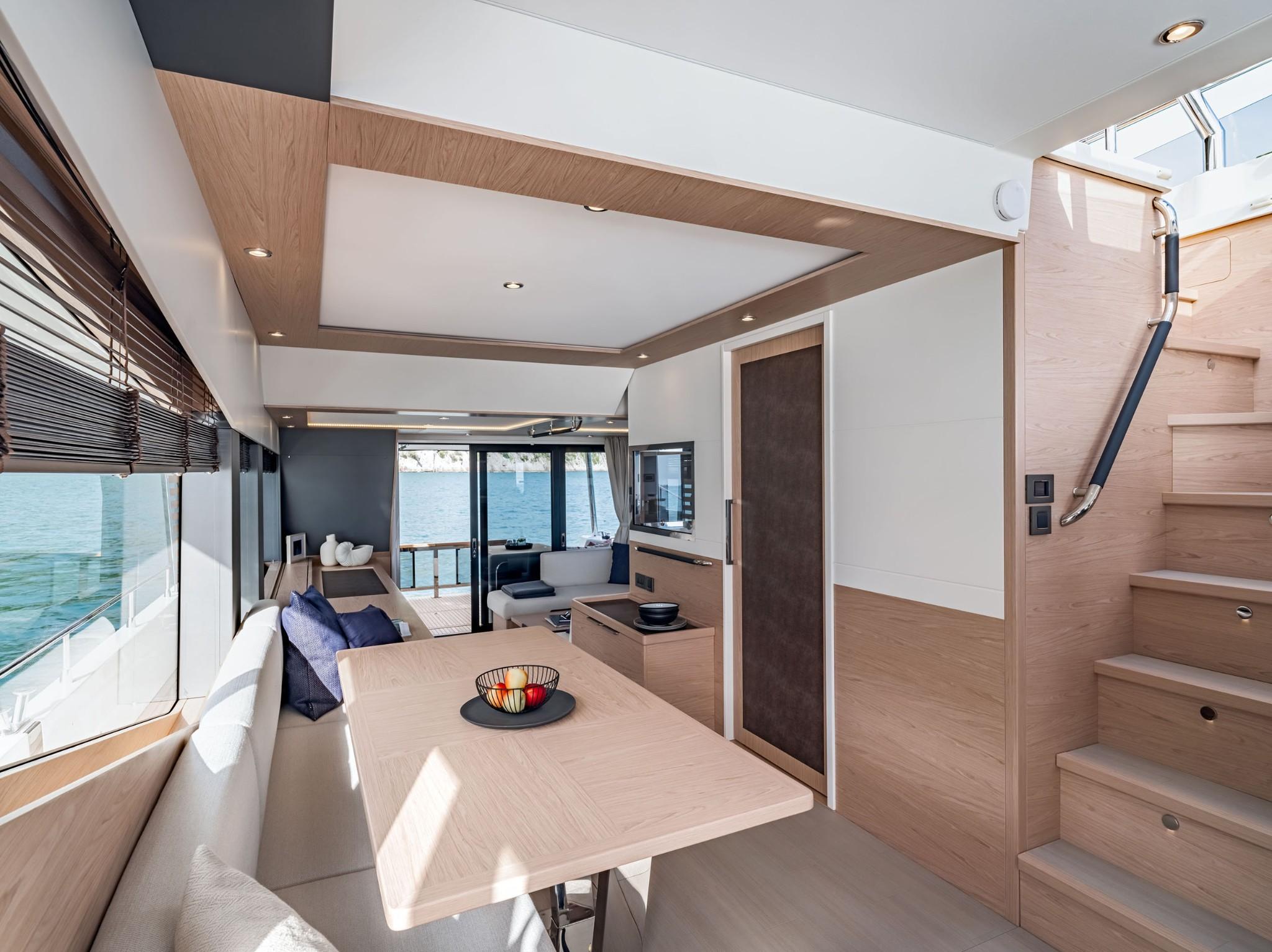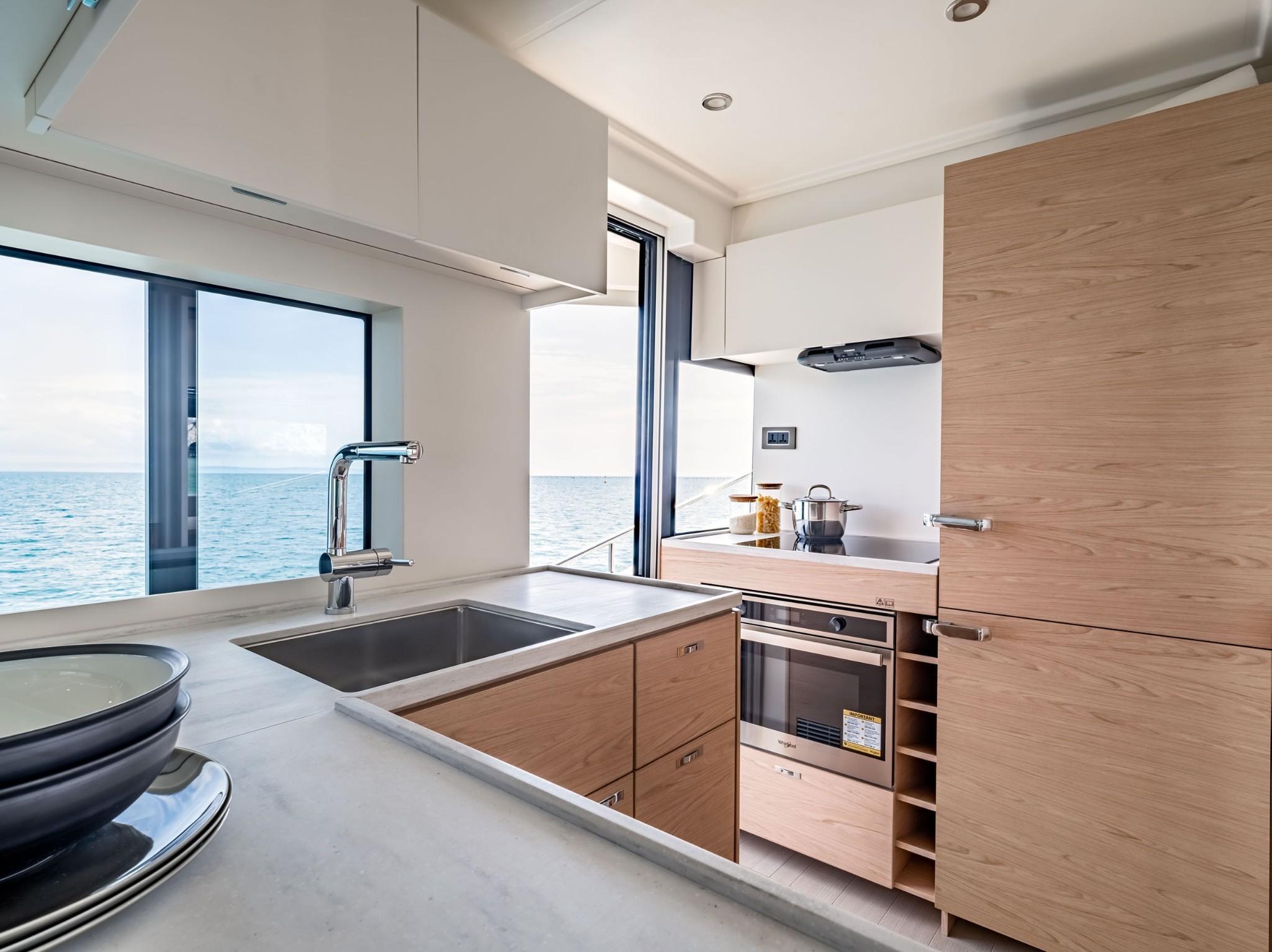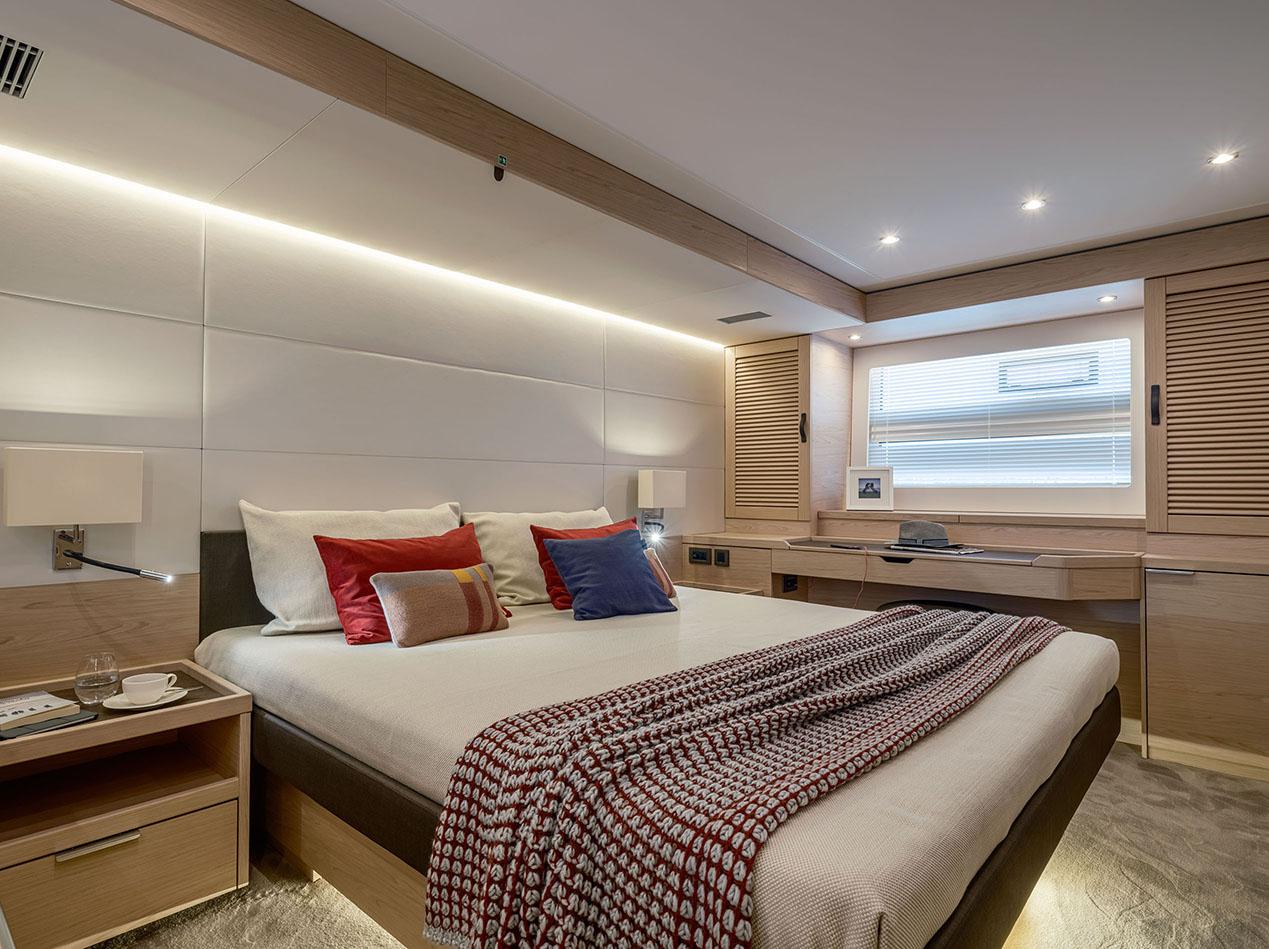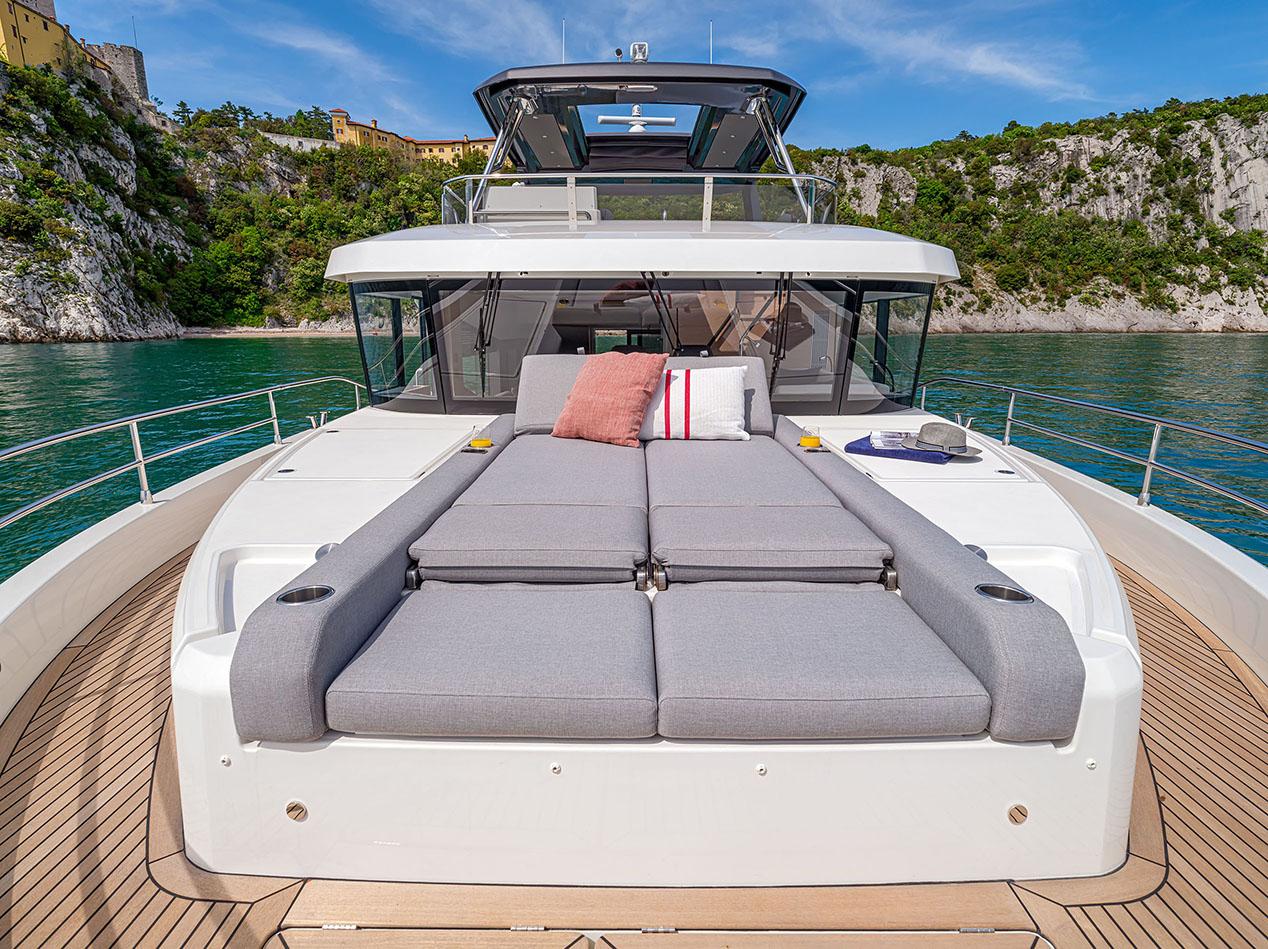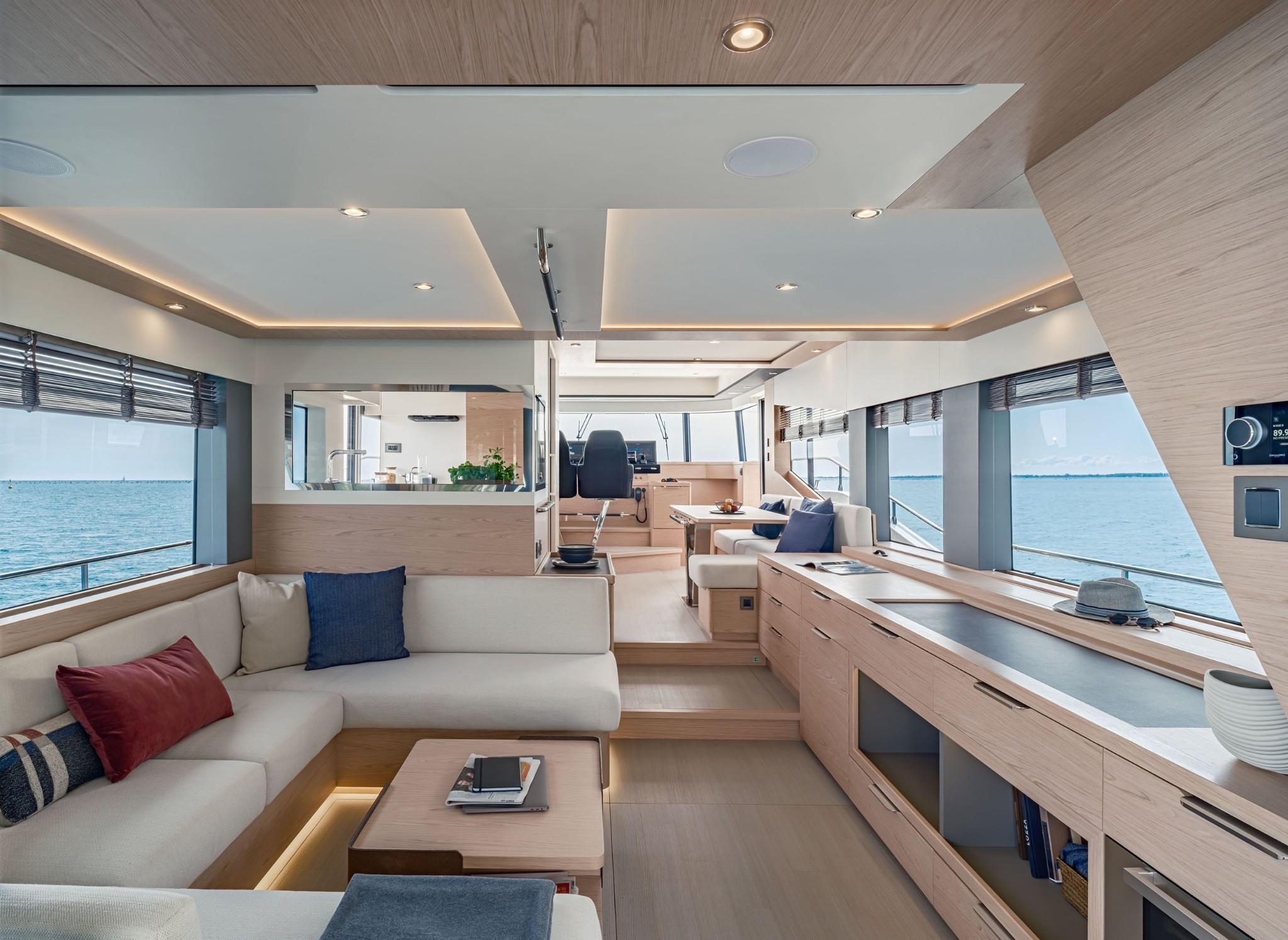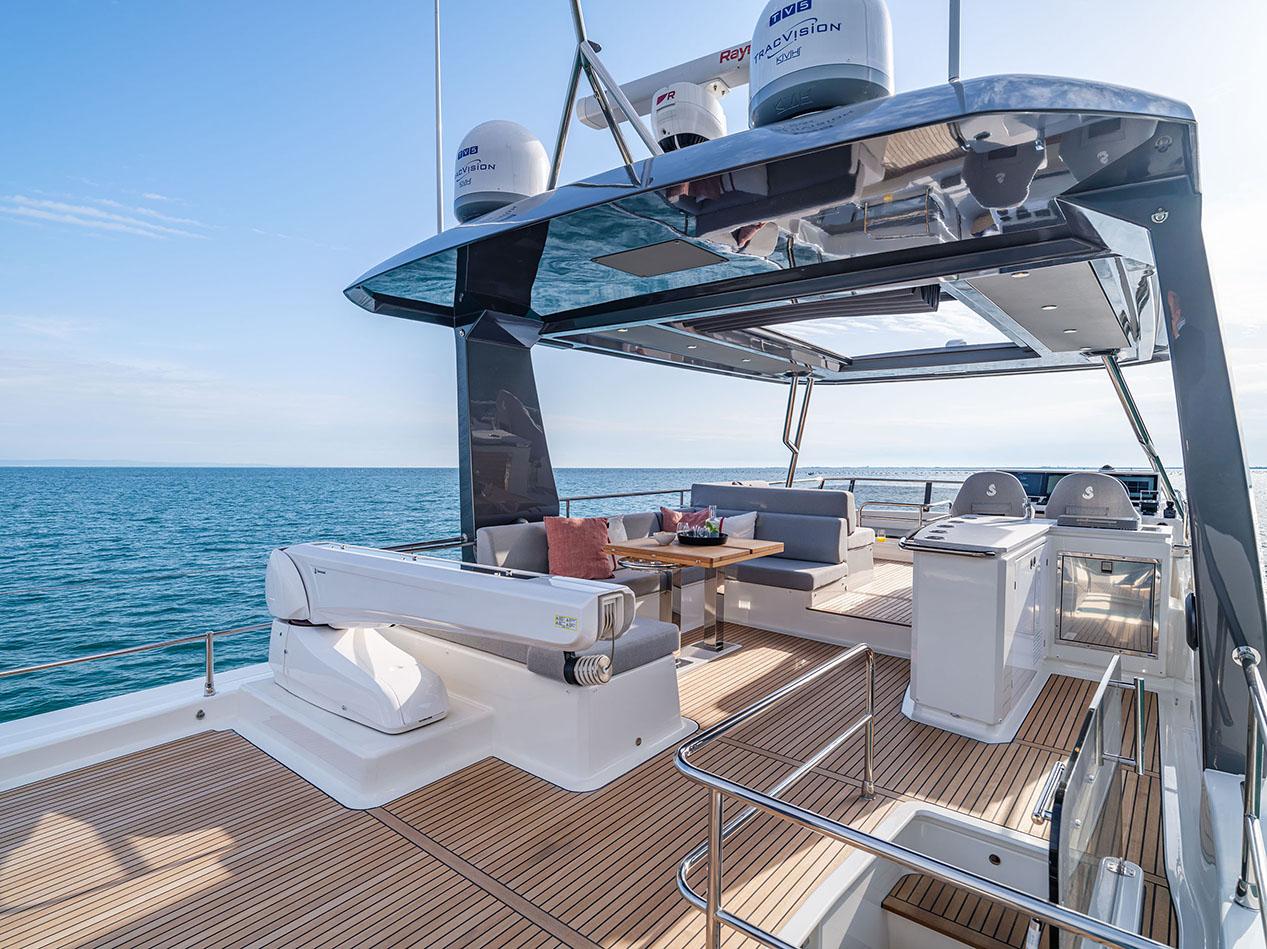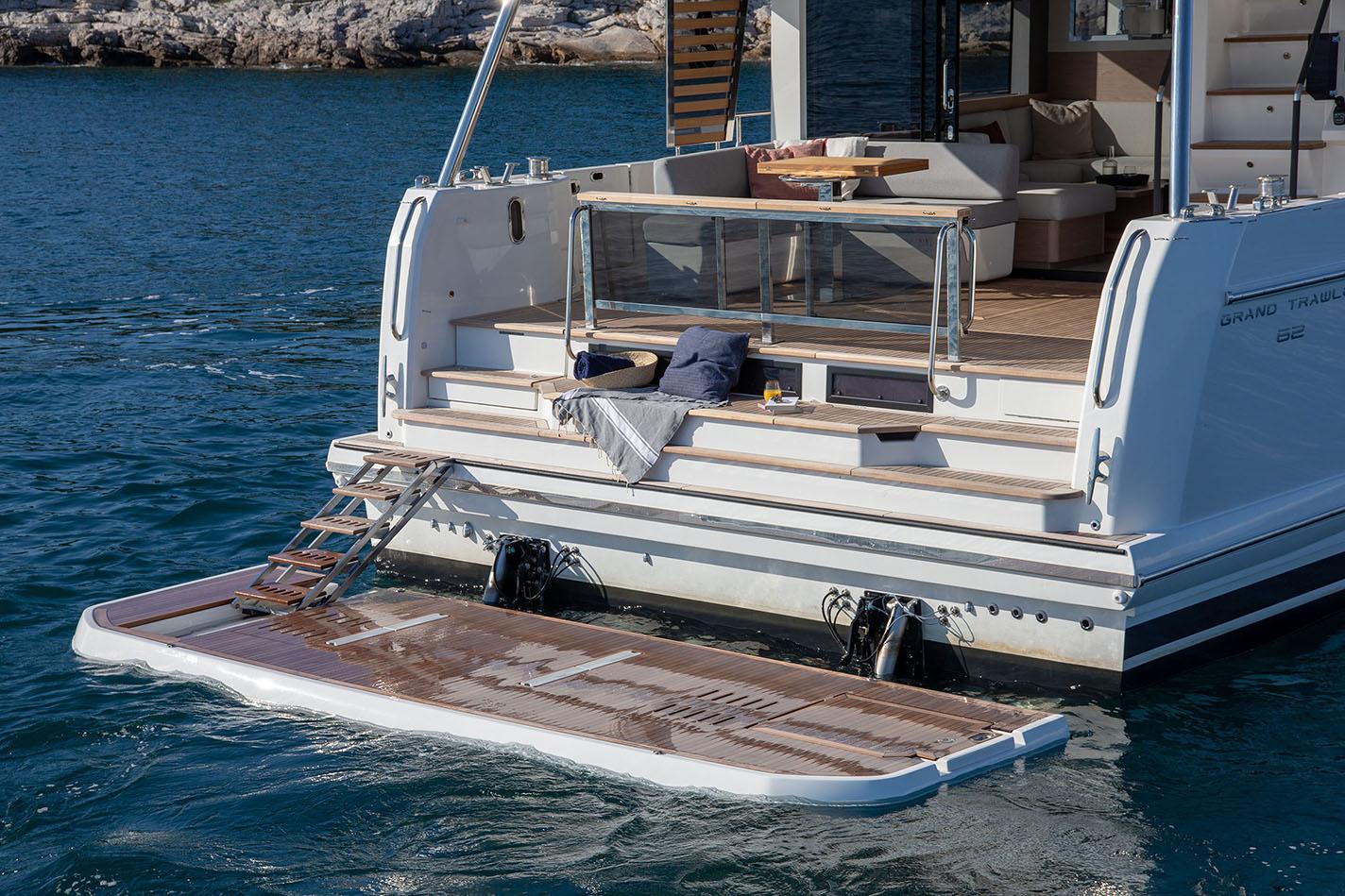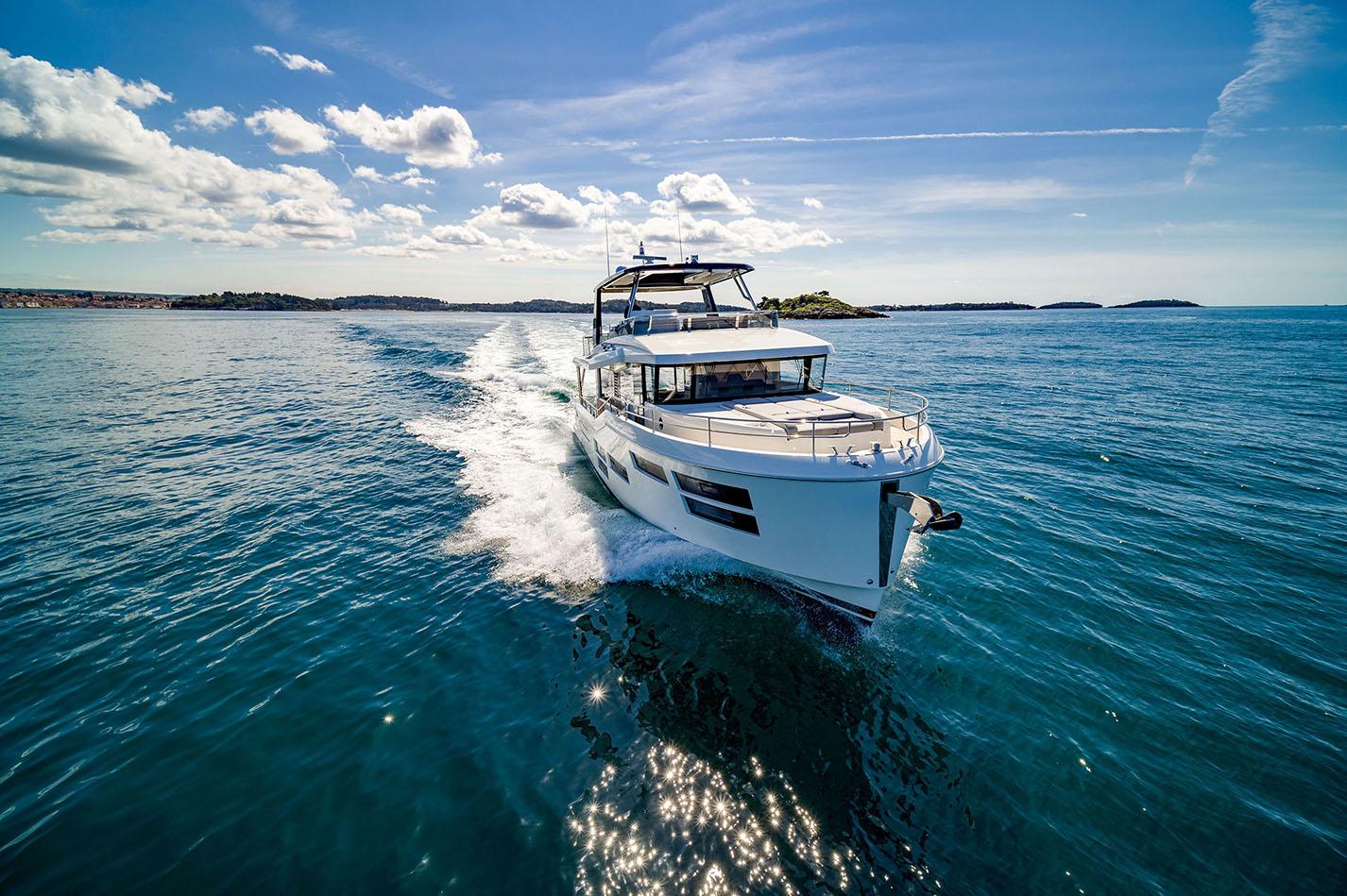Presentation
Yacht Class n°28 (march-april-may 2022)
GROUPE BENETEAU
Backed by the positioning of its Swift Trawler range, Bénéteau launches the flagship of the series, the Grand Trawler 62. To offer the best possible combination of comfort, range and environmental responsibility is part of its specifications.
Written by Norbert Conchin – Photos: All rights reserved
For decades, Bénéteau has never failed to impress with models more spacious, habitable and economical than most of its competitors. The world’s leading yachting group is well known for pushing the bulkheads without increasing the purchase price nor fuel consumption. Will this continue with this Grand Trawler 62? Launched in 2004, Beneteau’s Trawler range has relied on semi-planing hull to give these cruising boats a top speed of 20 knots, to respond, among other things, to the requirements of North American customers. This strategy has seen no less than 1 300 units leave the yard (all Swift Trawler models combined), providing the development teams with a depth of experience. According to customer feedback, comfort and independence on board are priorities. As for energy sobriety, it has become essential nowadays. The shipyard has thus opted for a larger unit with a displacement hull, which is very economical at 10 knots and can also reach 20 knots, as observed in actual use. For this increase in size, production was relocated to the group’s “yacht” division facilities in Montfalcone (Italy), where the most luxurious Monte Carlo Yachts are assembled. Presented in Cannes last autumn, when the boat shows finally reopened, this first Grand Trawler boasts massive volumes. Her name is not misleading.
A modern line, an ergonomic deck
The shipyard called upon Nauta Design for the interior and deck design, as an additional volume is not enough without a setting as elegant as possible. She has more angular and modern lines than the other Trawler models and the glazed superstructure supports the flybridge, providing panoramic vision and brightness. The wheelhouse has a reverse angle wheelhouse windscreen with a very successful design. The six rectangular hull portholes ensure the luminosity of the cabins. From the vertical bow, there is a pronounced deflector step running above the waterline to the first third of the length, to prevent spray on the foredeck. We were able to see its effectiveness in navigation. Actually, the ergonomics of the solariums and armchairs make the stay on the foredeck even more pleasant. As for the stern, it offers a valuable sight and access to the water. A glass and stainless-steel railing offers a sea view, even from inside, and gives the feeling of a larger cockpit. The full width steps leading to the swim platform provide a pleasant settee. Like all the models of the range, the side decks are sheltered by the flybridge and the openwork uprights featuring the famous seahorse are an elegant blend of classicism and modernity. This design successfully integrates a 34 m² flybridge, one of the largest in the category, without altering the silhouette of the boat. To get there, from the main decks, two accesses: either the aft staircase, quite conventional, and another one in the wheelhouse. This layout is very practical as it allows the captain to reach the upper deck via a hatch, without going through the cockpit or passing before the passengers.
A truly great trawler
In line with the exterior volumes, the interior layout created by Nauta Design is more than friendly. The main deck of over 30 m² has a beautiful U-shaped saloon, a dining table for eight, a separate galley with a window opening onto said saloon and a superb wheelhouse. The lower deck accommodates the central full beam master suite that can be divided into two VIP cabins on request. An equally luxurious additional cabin and its en suite are located forward. Between these two, at the foot of the staircase, is located a double cabin with twin beds and a shower room, which also serves as a day toilet. There are plenty of spaces – dedicated for every occasion – for the six or eight passengers to comfortably spend time. They can also count on a proper service thanks to a very spacious and well-equipped stern, accessible from the swim platform, where a double cabin accommodates the crew. This place also houses a washing machine and an access to the engine room, but also a separate shower and toilet that can be used by guests after swimming, which is quite convenient as they won’t have to enter the saloon. With the huge flybridge that can accommodate a 400kg lifting crane, the layout conceived by Nauta Design can rival to those of a 70- or 75-foot speedboat. The interior finish comes with either oak or walnut, while the equipment catalogue boasts all the comfort options expected on a yacht.
An optimised dynamism
To give this trawler a low fuel consumption of around ten knots – the cruising speed favoured by users – the layout has undergone an extensive weight distribution study, while the hull was subjected to the virtual tank. Architect Amedeo Migali, from MICAD, explains that the intention was to achieve a range of around 1 000 miles at 9 knots. The displacement hull, well powered by large engines on shaft lines, proved to be the right choice to achieve this objective, combining a comfortable and safe behaviour at sea. The challenge was to make this hull reach 20 knots. The aft half of the hull has a wider, planing shape, while forward, she has a prominent chine. Port manoeuvring, aided by bow and stern thrusters, is a formality, even more so thanks to the optional joystick providing precise impulses. On a rather calm sea, our sequences followed one another in flexibility. The course alterations were precise, while the effective hull deflection protected the passengers on the foredeck from the spray. At maximum speed, we reached just over twenty knots, with 45% fuel and 14% water, and we particularly appreciated life on board at 9 knots, a speed at which the hull does wonders and the two 730 hp MAN diesels only consume 30 litres/hour. Mission accomplished!
The ORIGIN OF THE TRAWLER
At the beginning of the 20th century, this term was used to describe American trawlers whose hull, with a narrow bow and buoyant stern, was capable of speeds of around eight knots and could tow multi-ton nets. In the late 1950s, some of them were converted into comfortable pleasure boats for long voyages. In the early 1960s, some shipyards specialised in the production of trawlers dedicated to pleasure boating, characterised by comfort and a range allowing long-distance cruising. Grand Banks was the forerunner and takes its name from the famous fishing bank south of Newfoundland. In Europe, very good quality Dutch speedboats in the 1970s and 1980s. In France, this phenomenon spread at the end of the 1990s with builders such as Rhéa Marine and, of course, since the beginning of the 21st century, Bénéteau and its Swift Trawler range whose planing hulls allow significantly higher speeds.
Technical sheet
